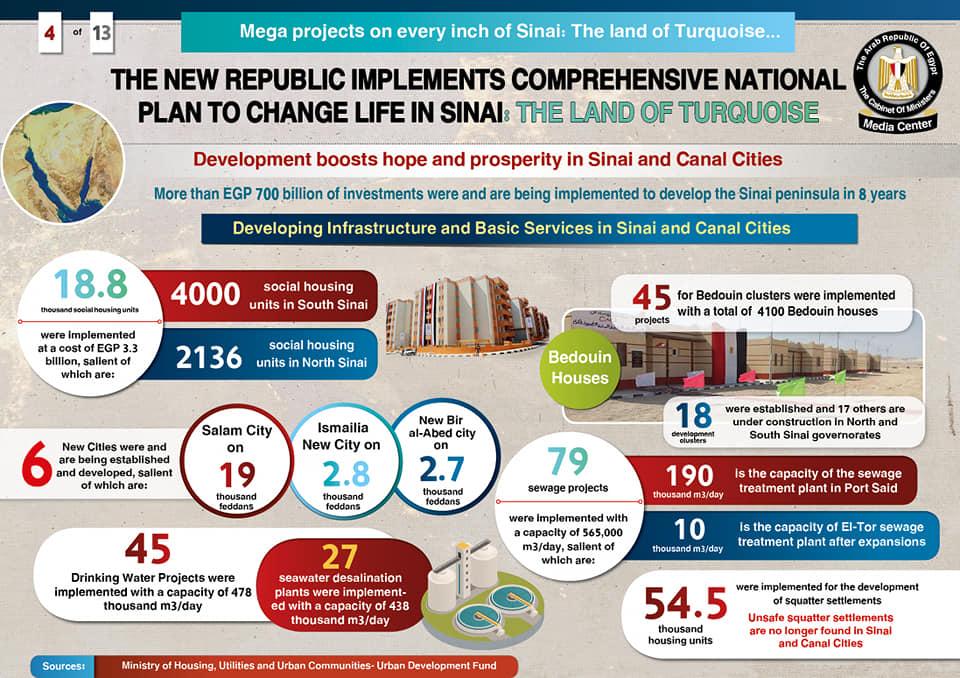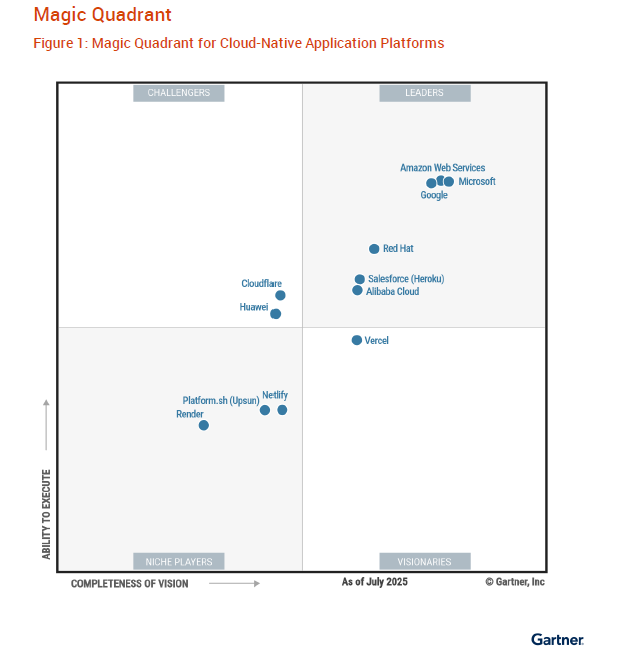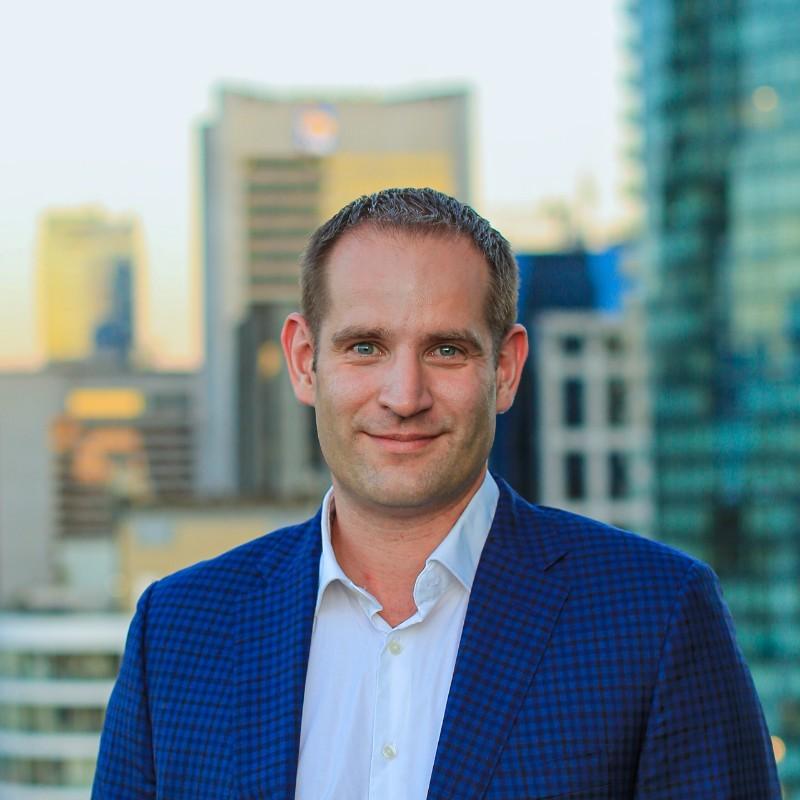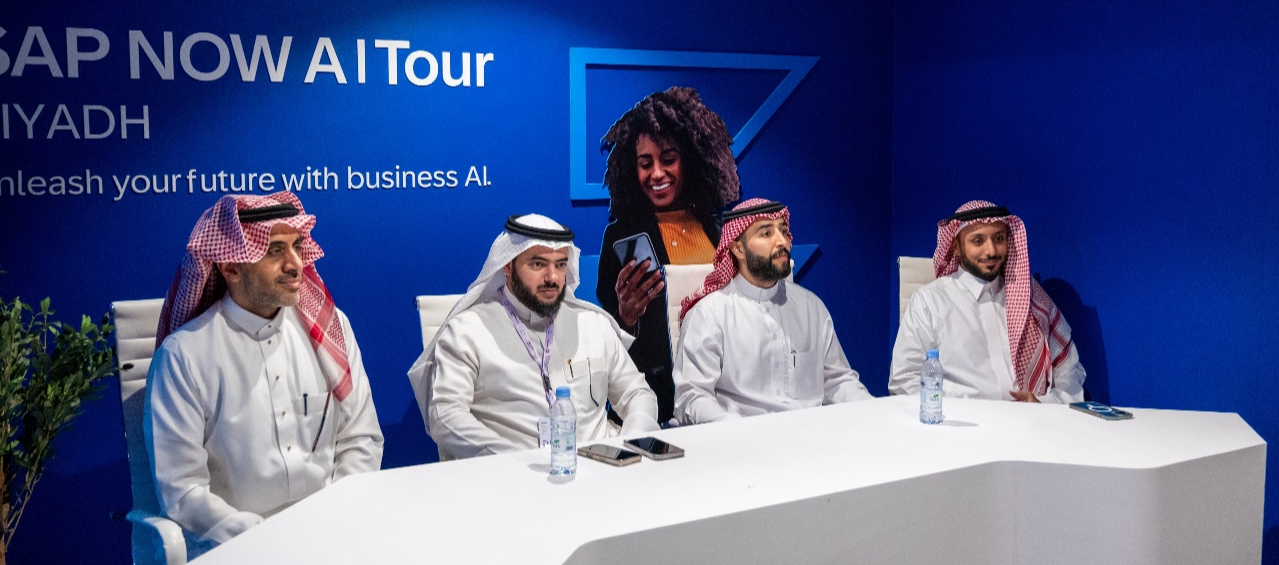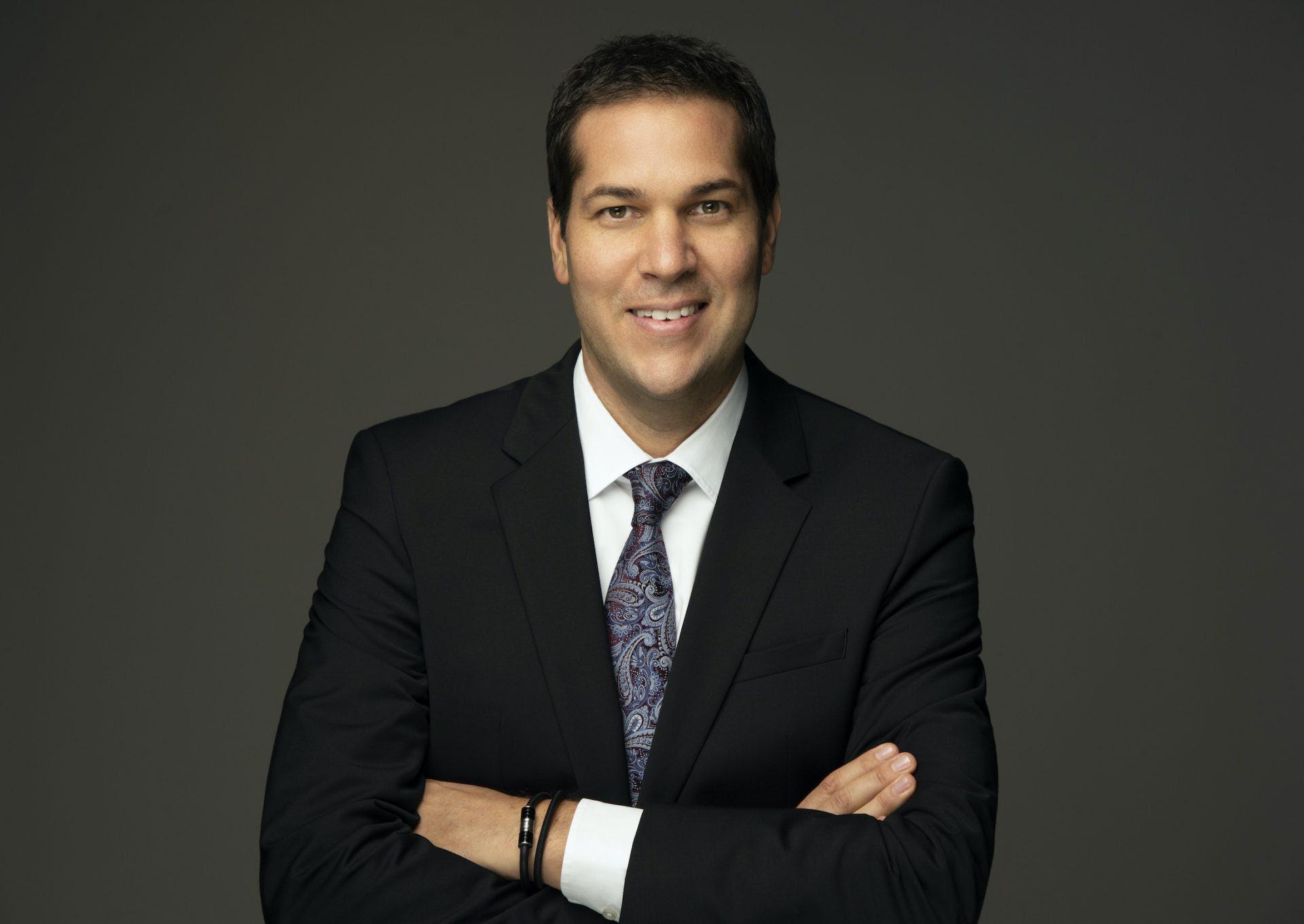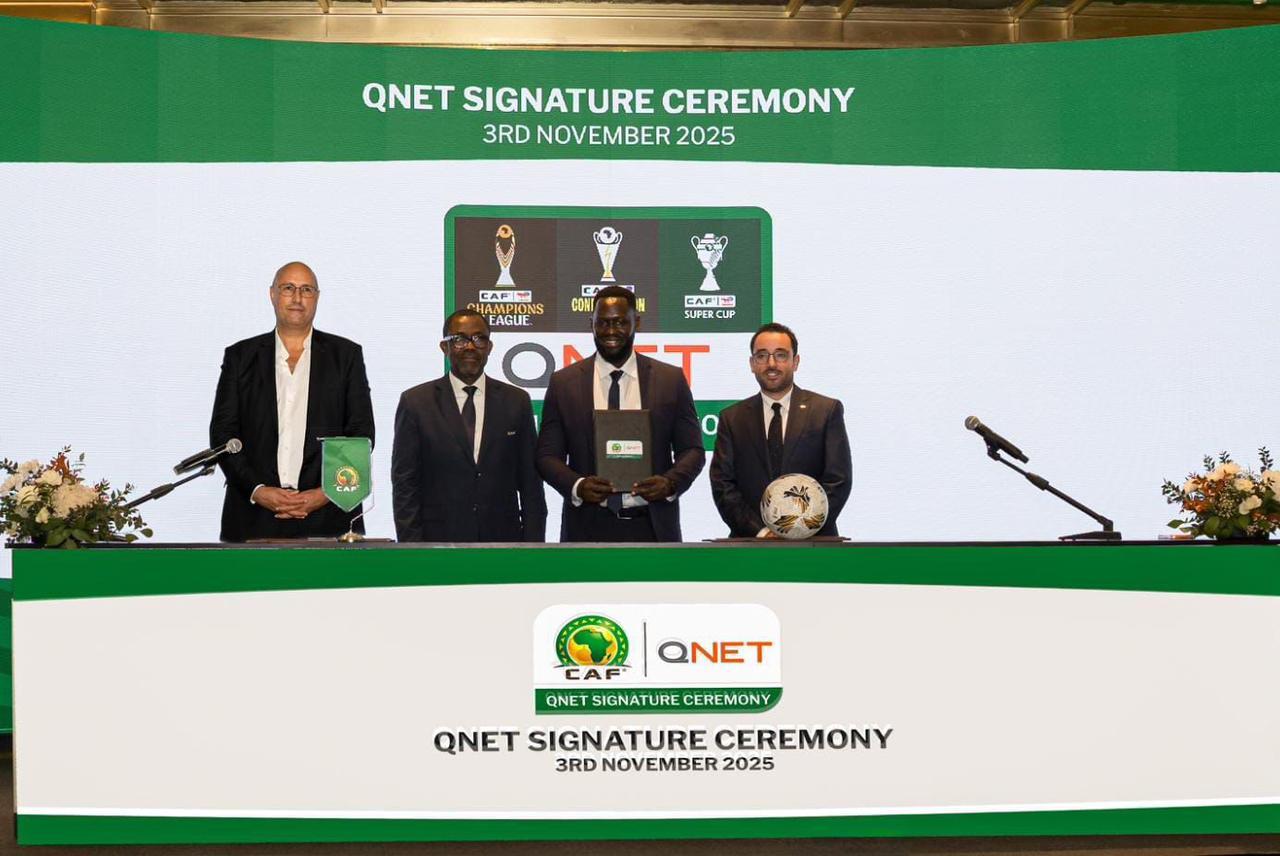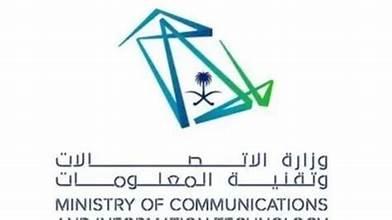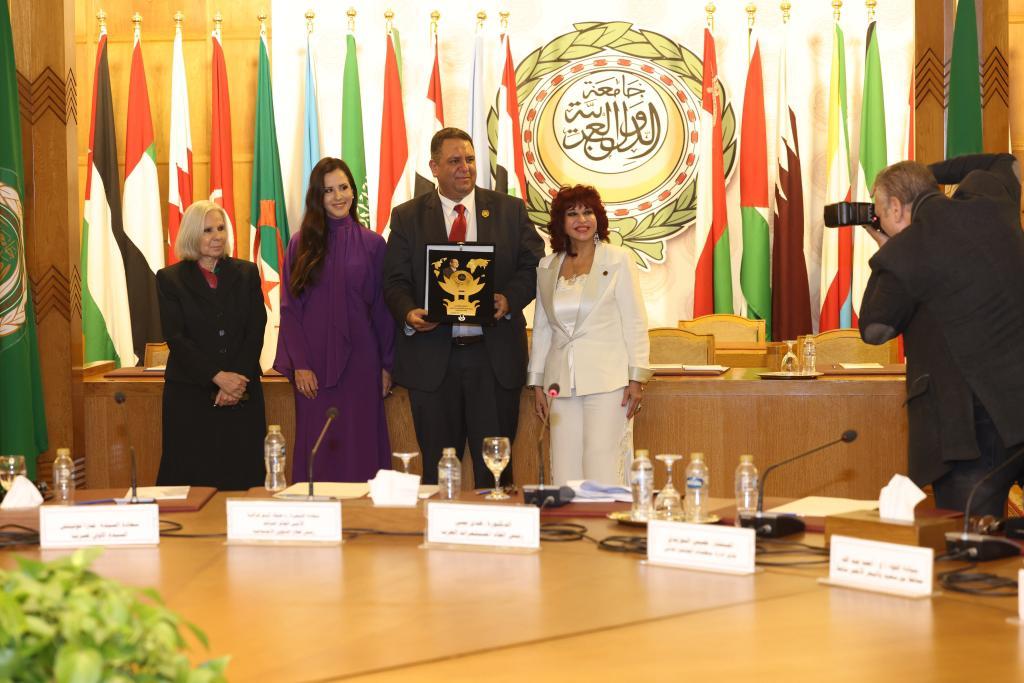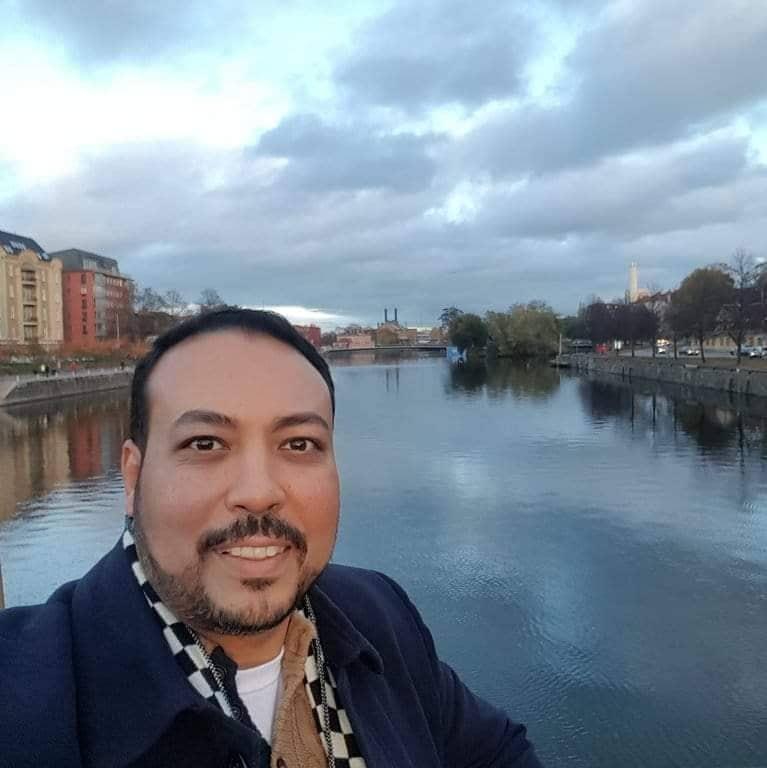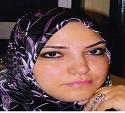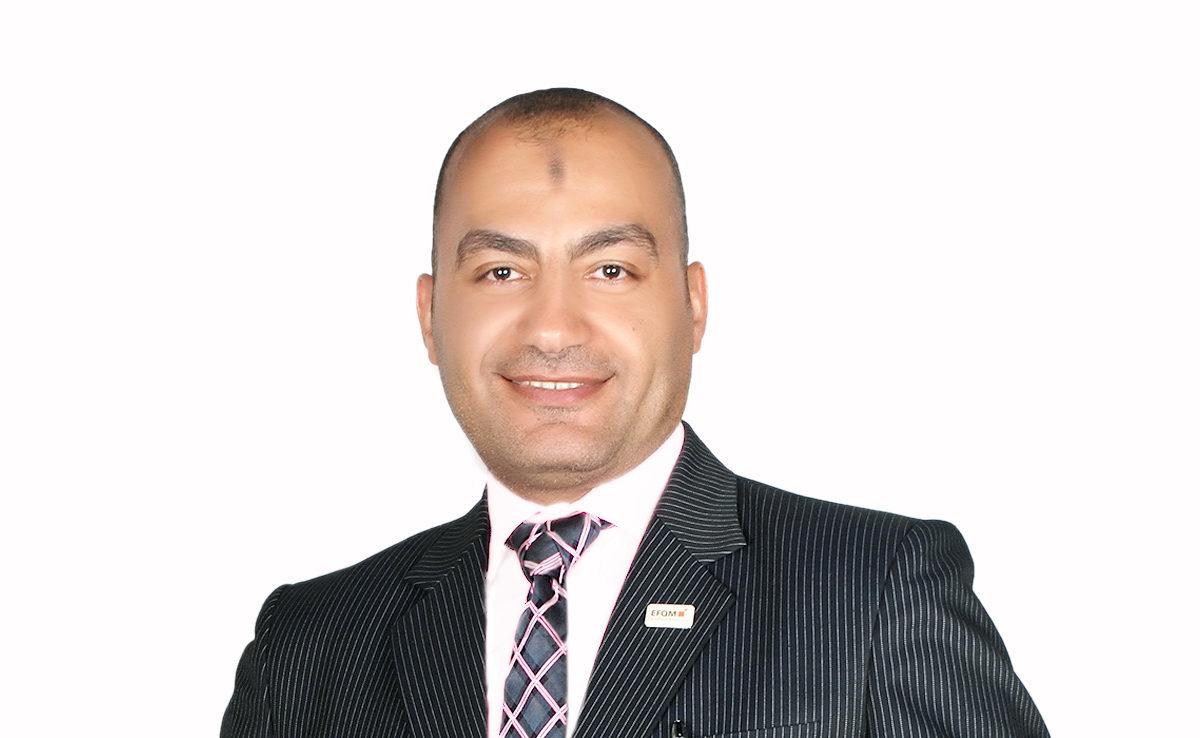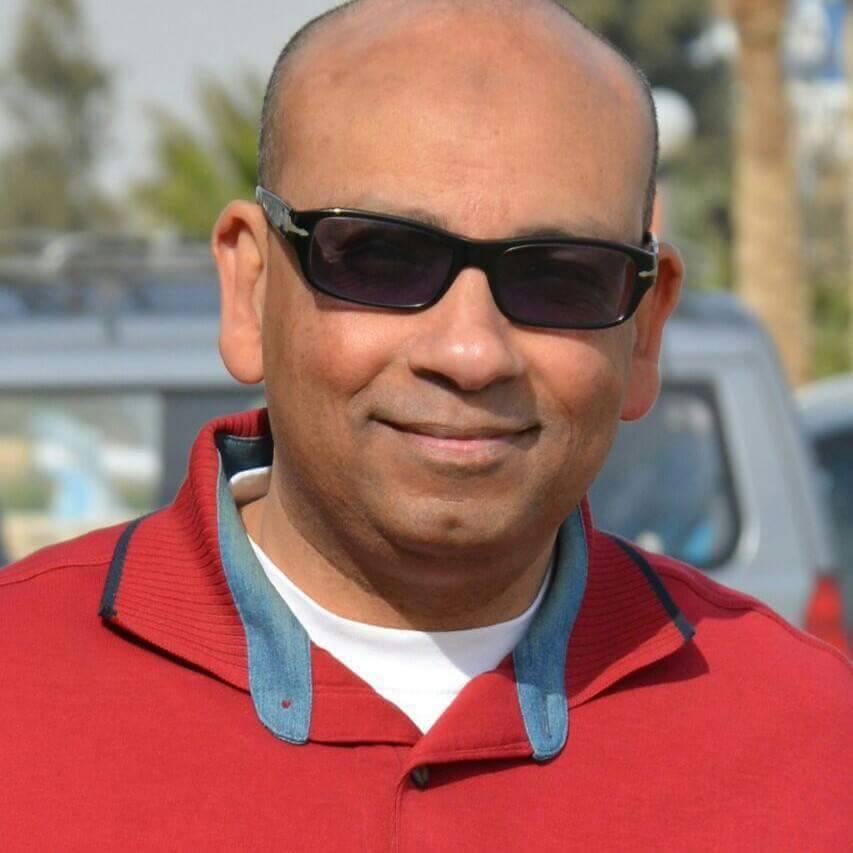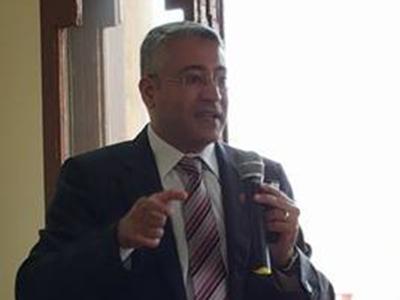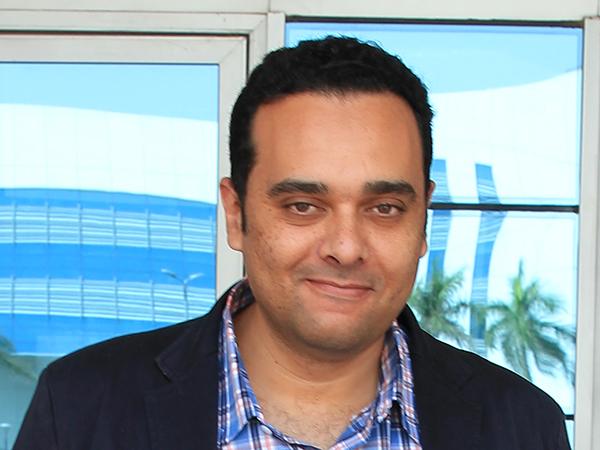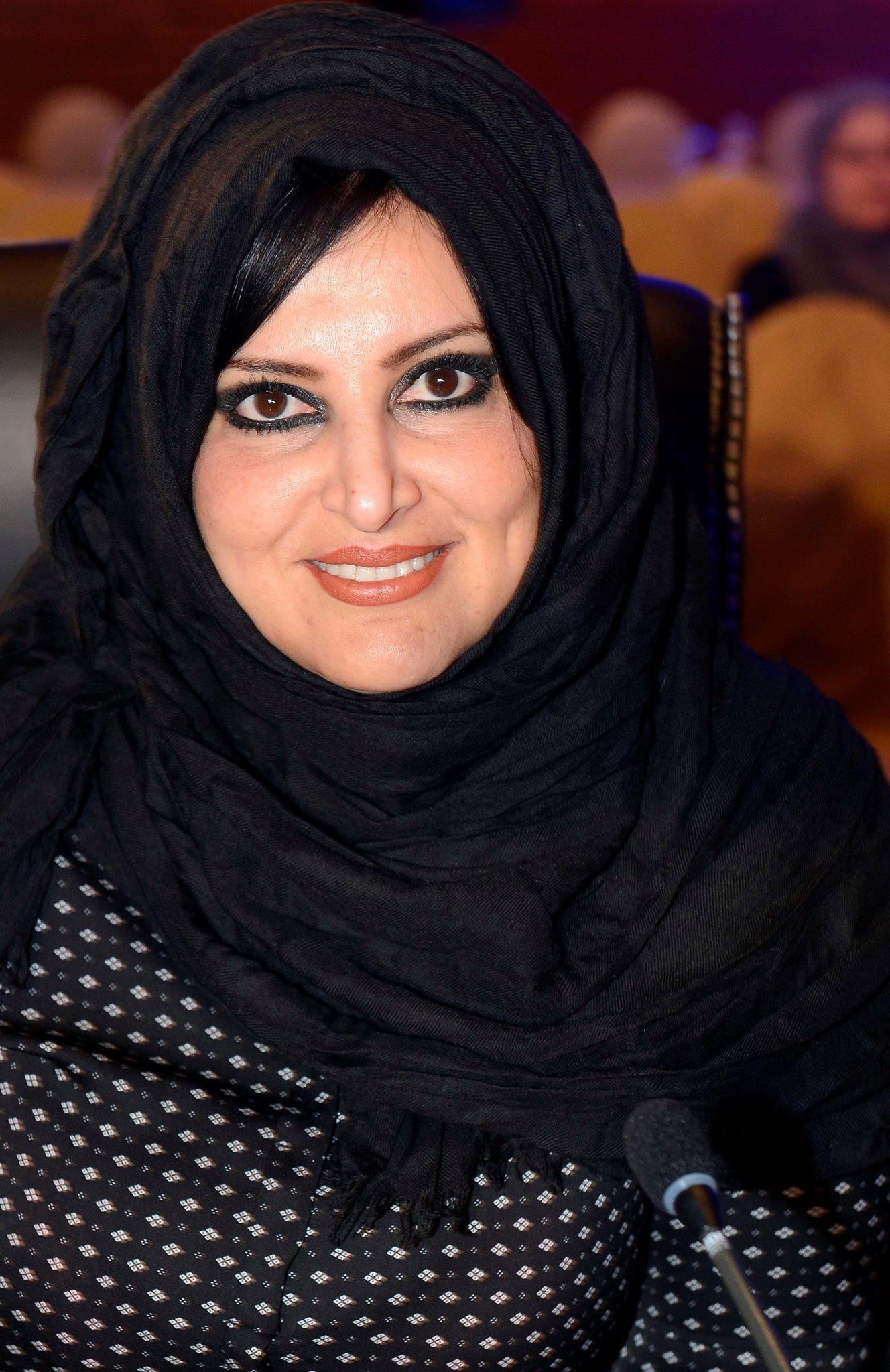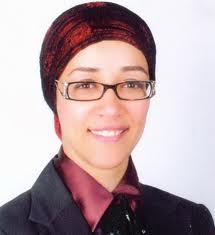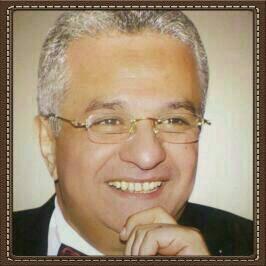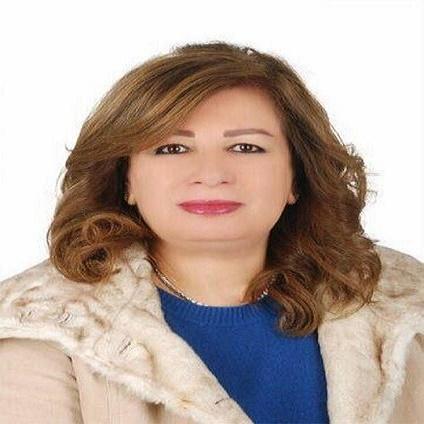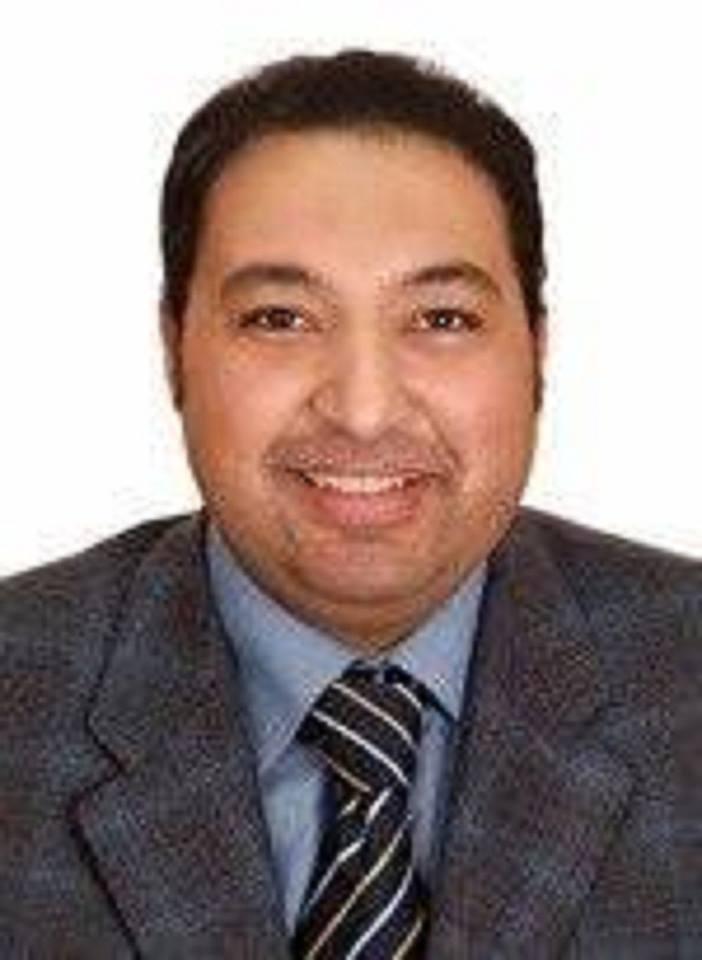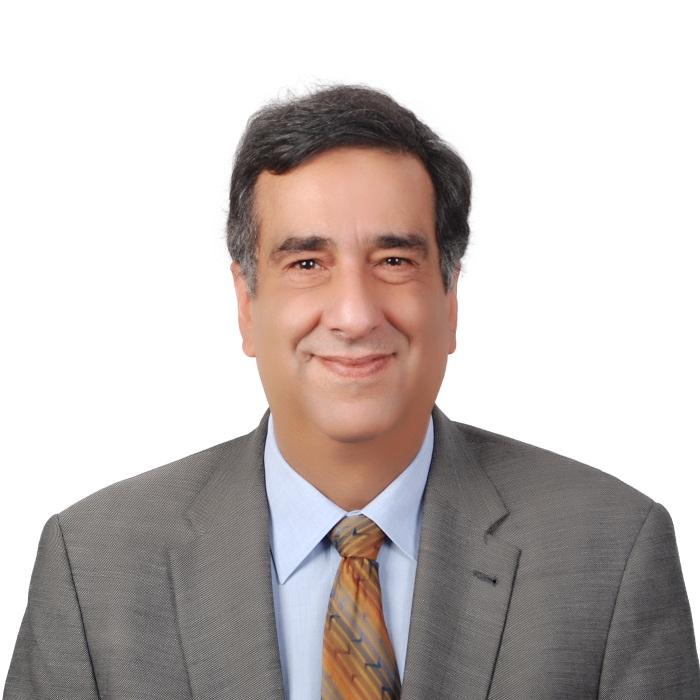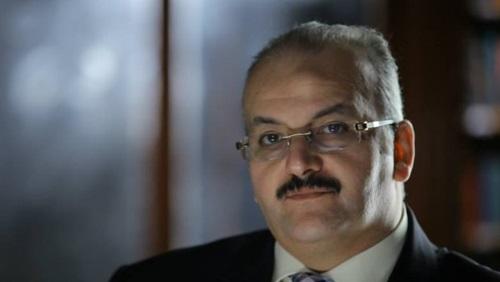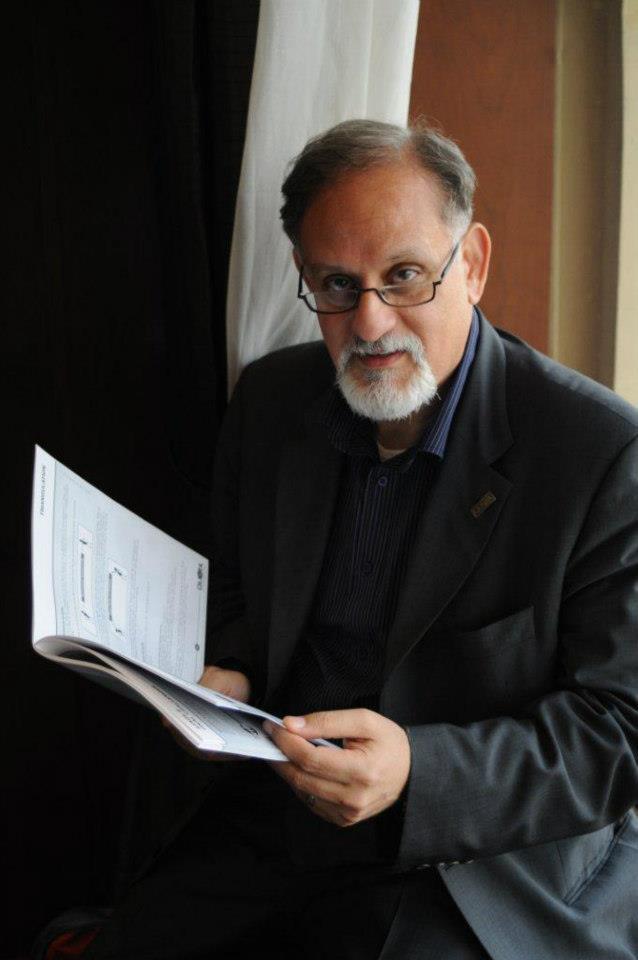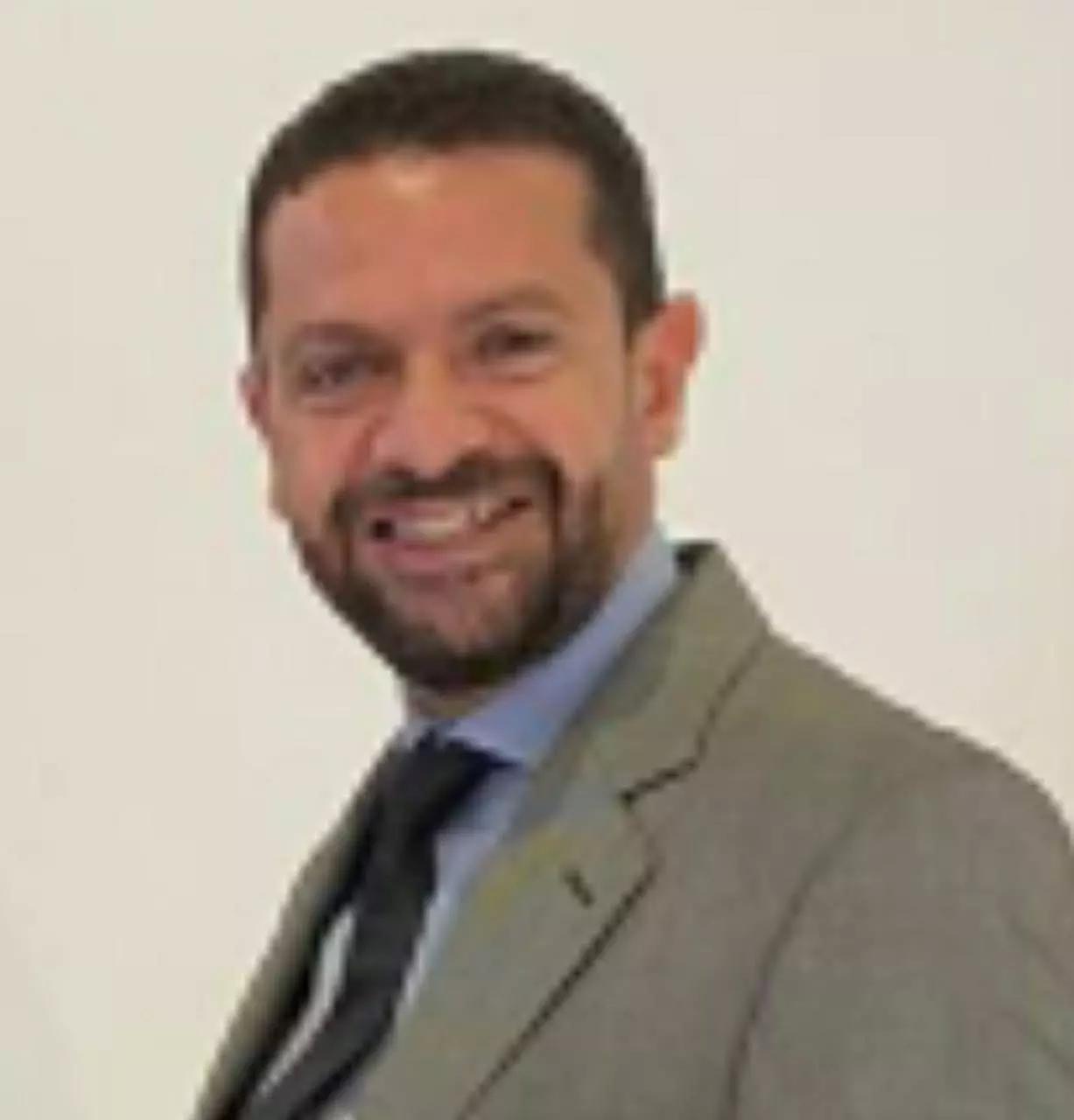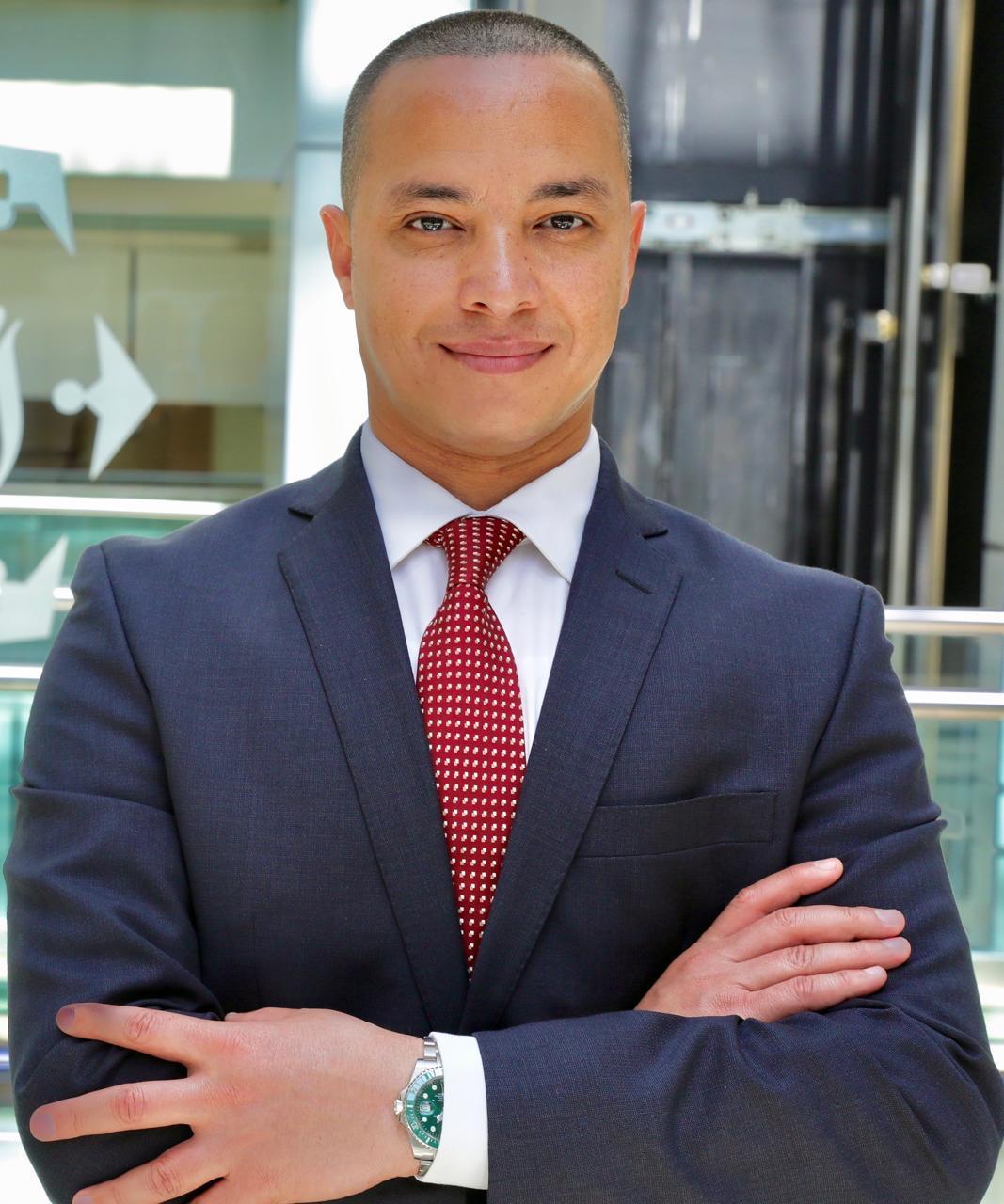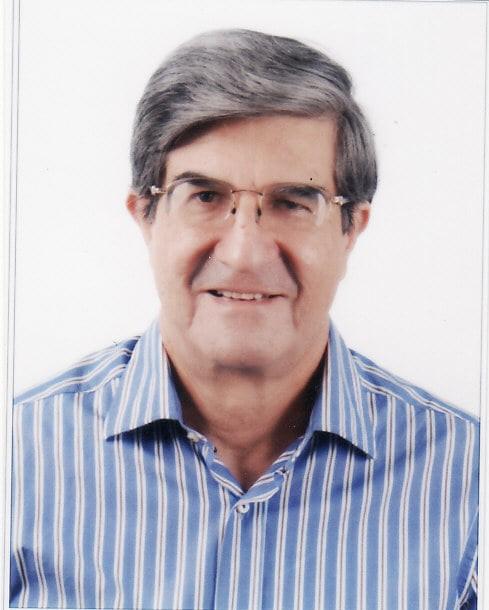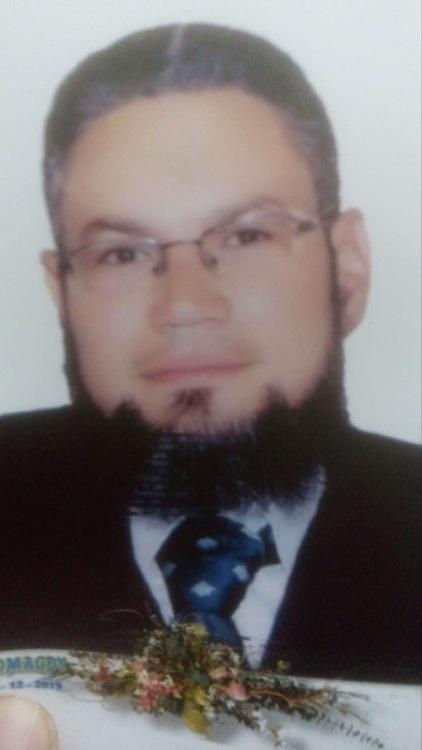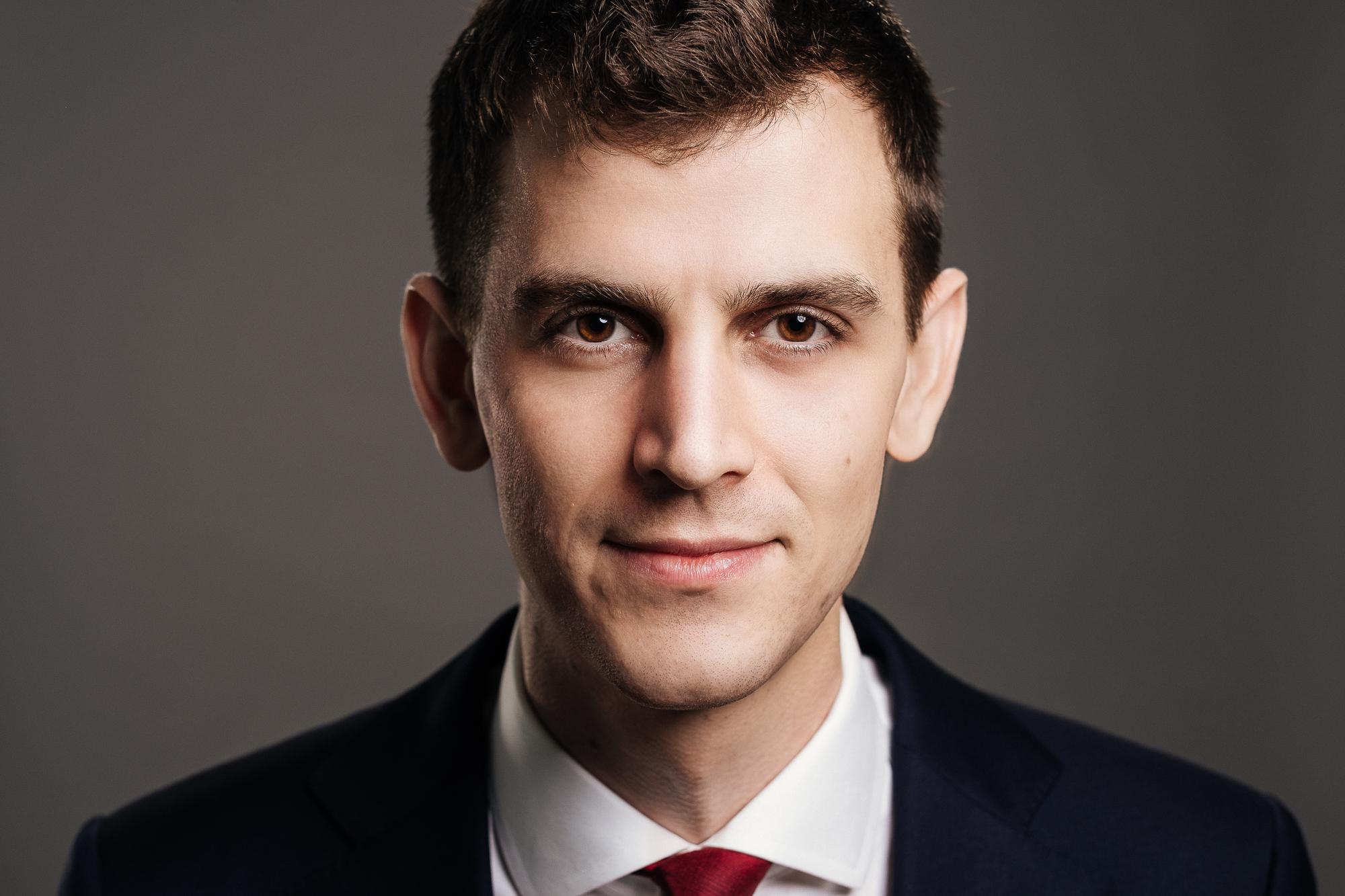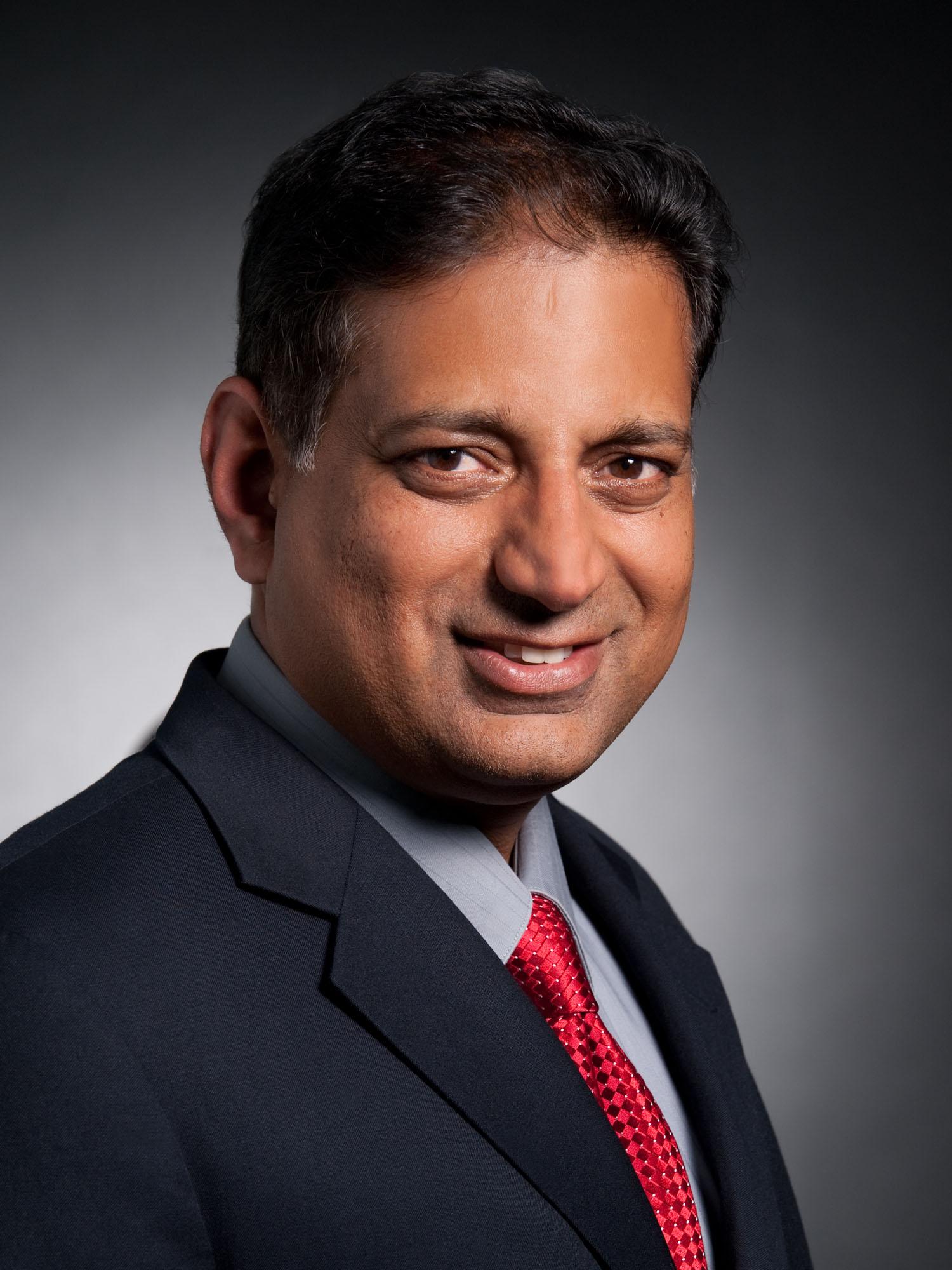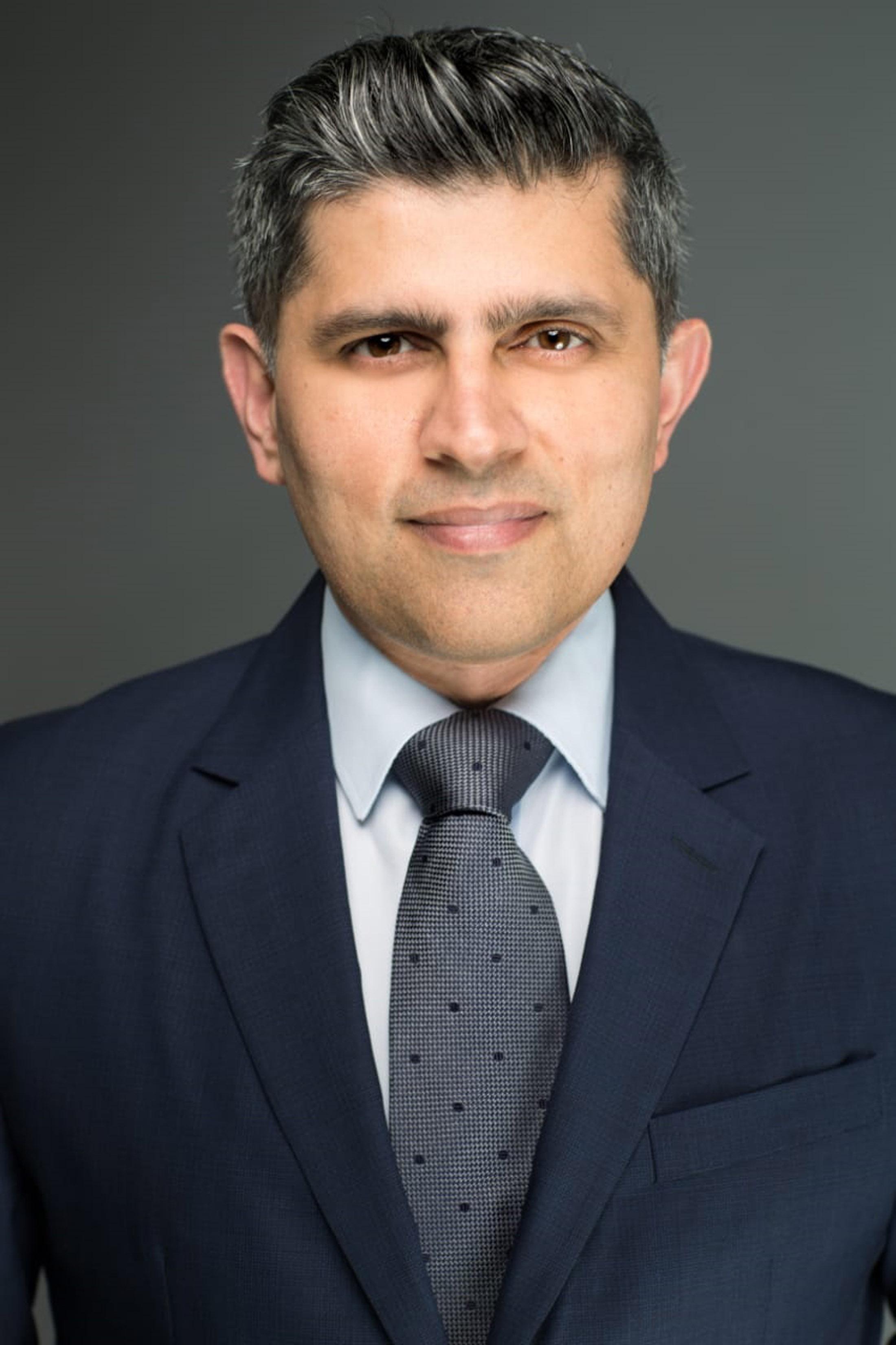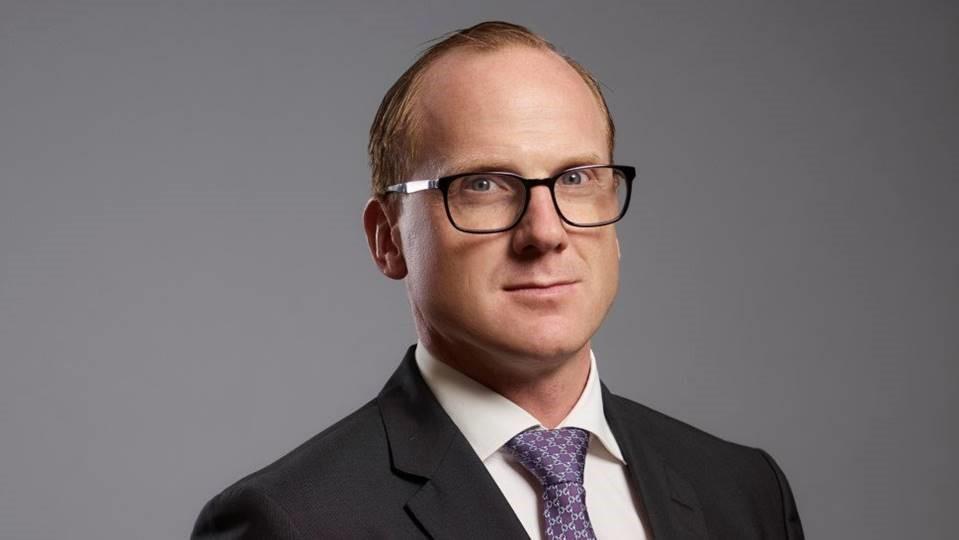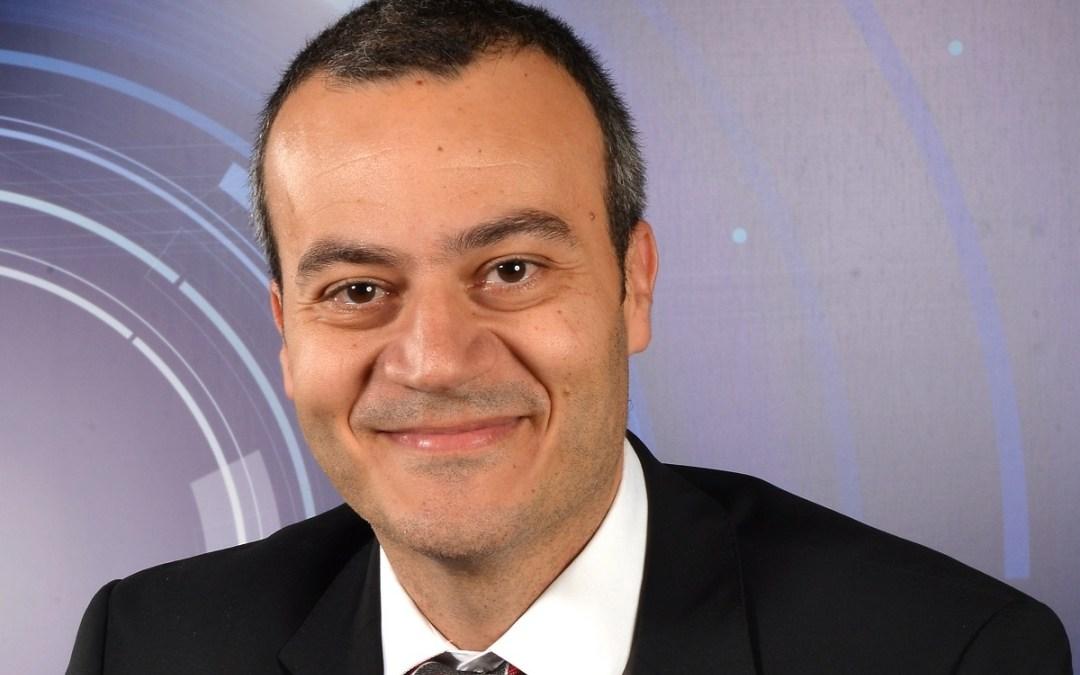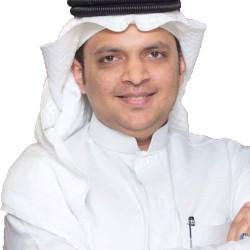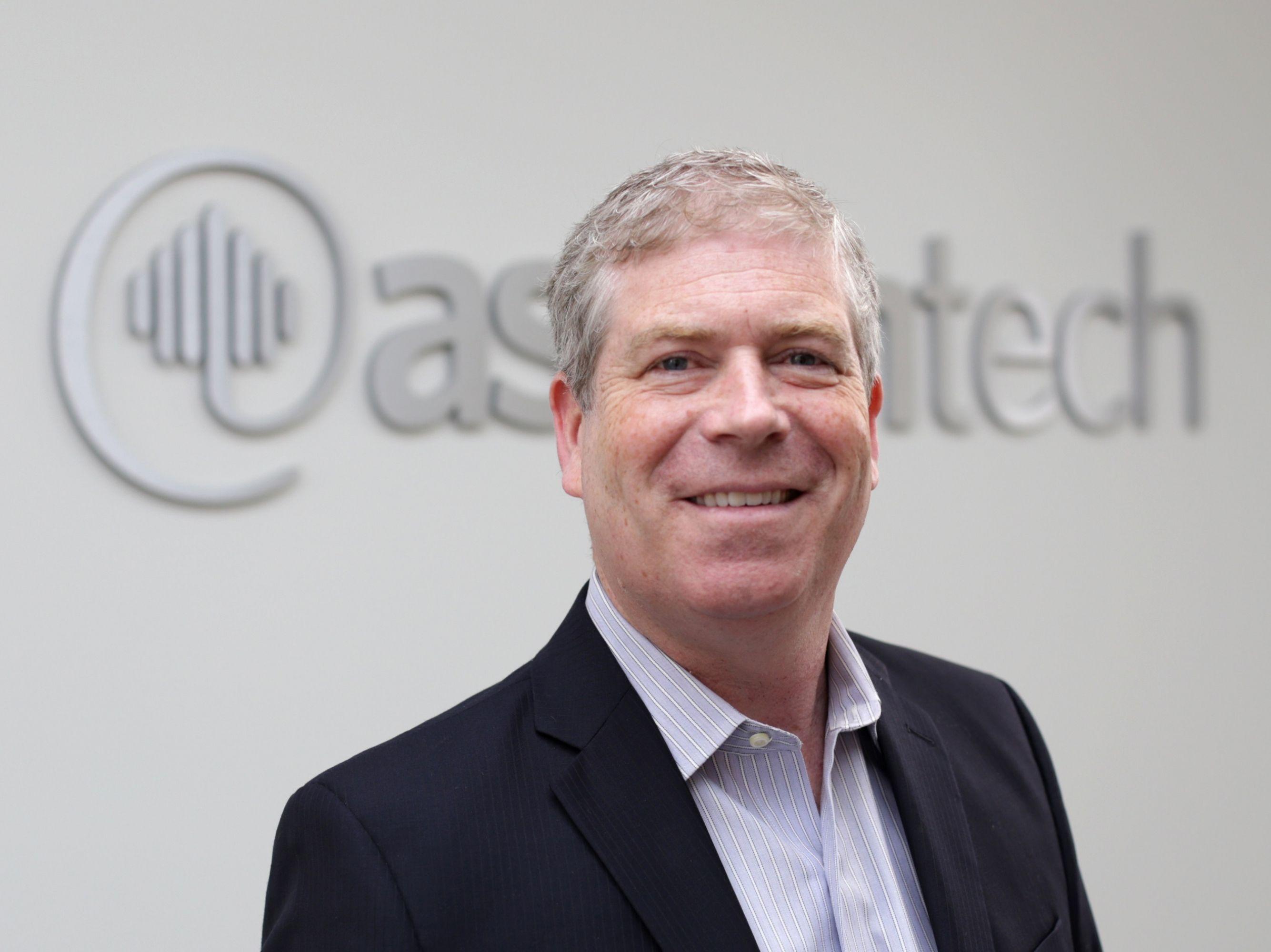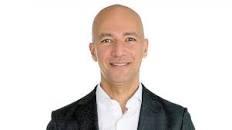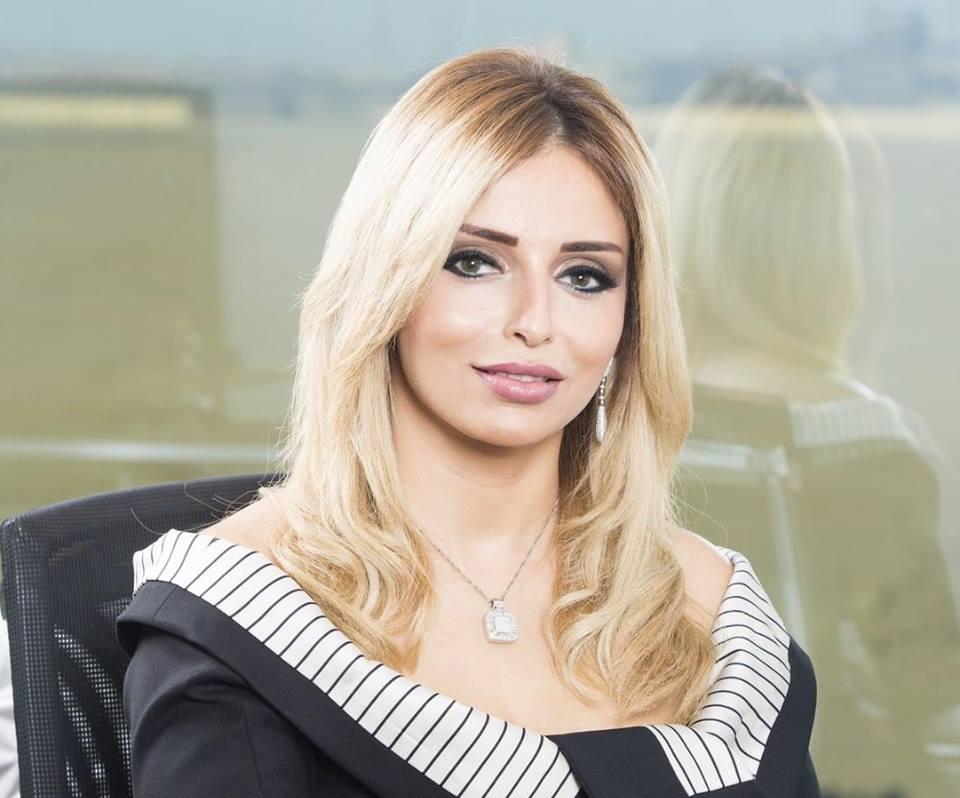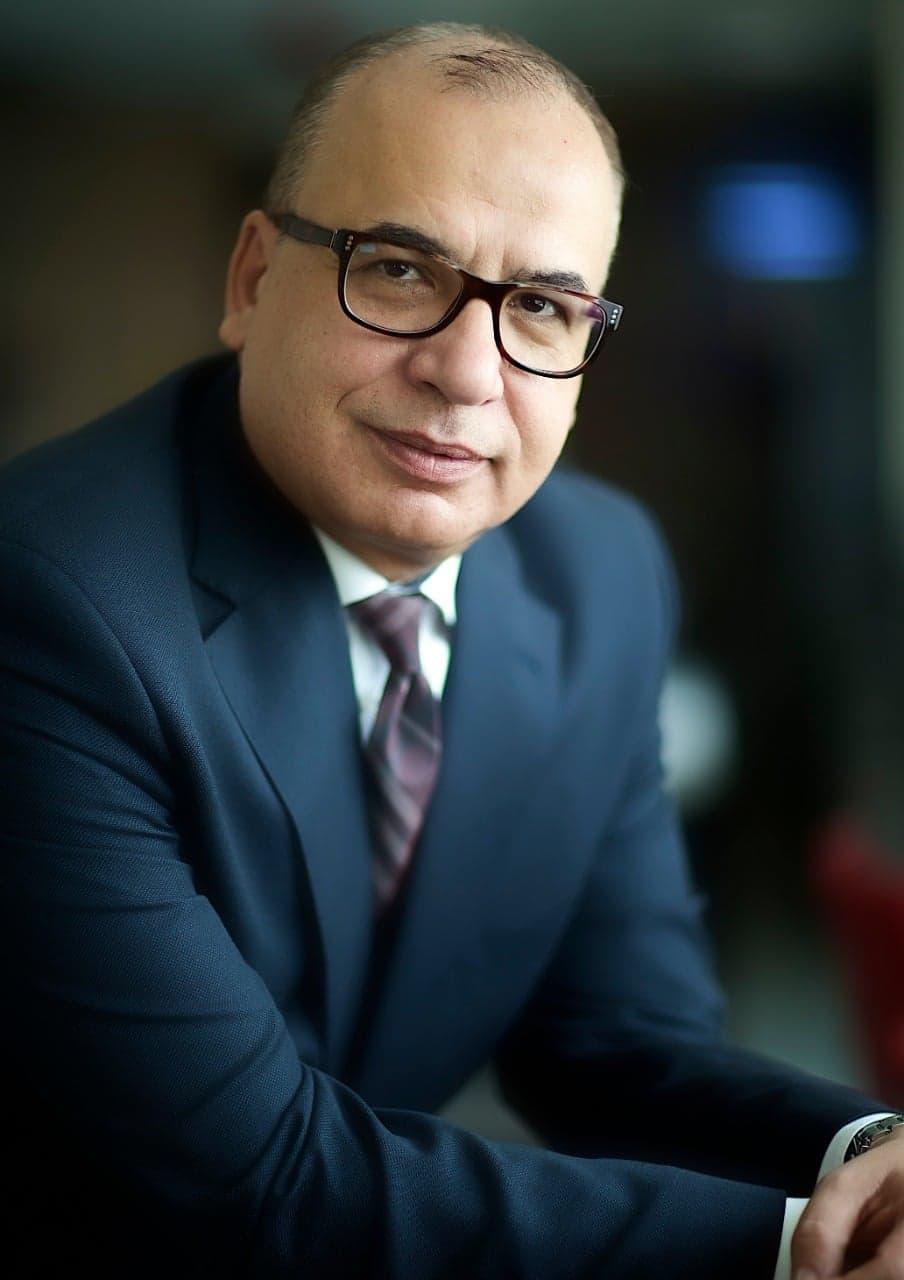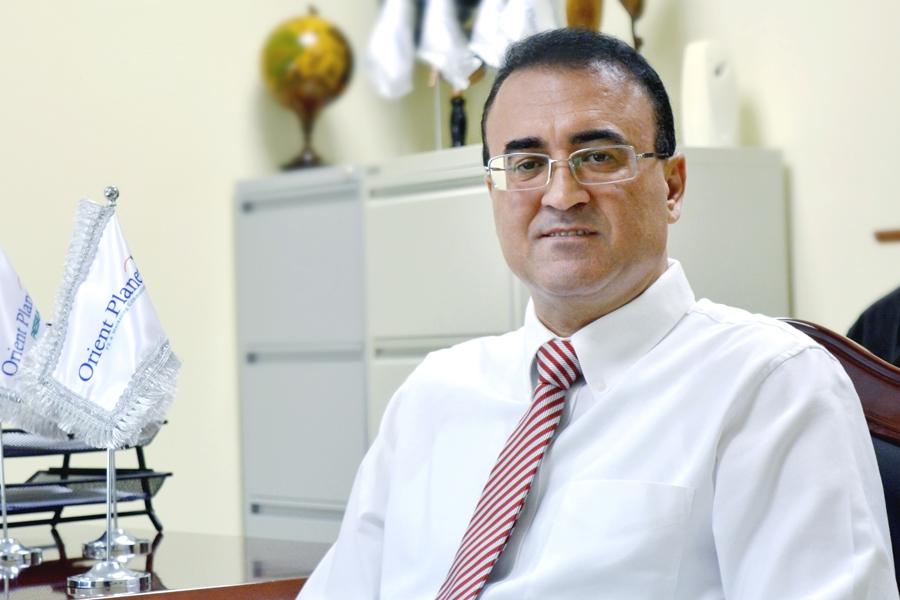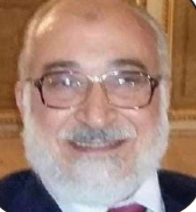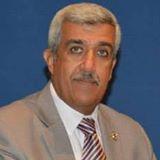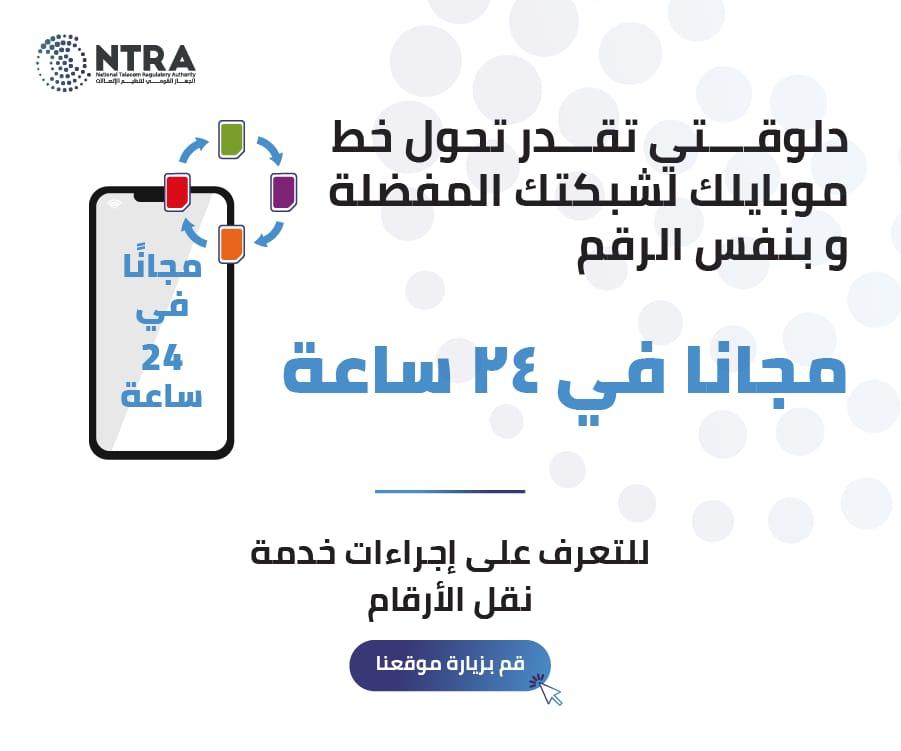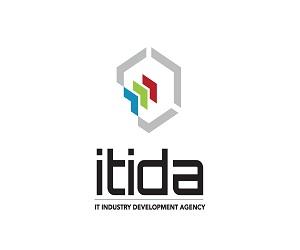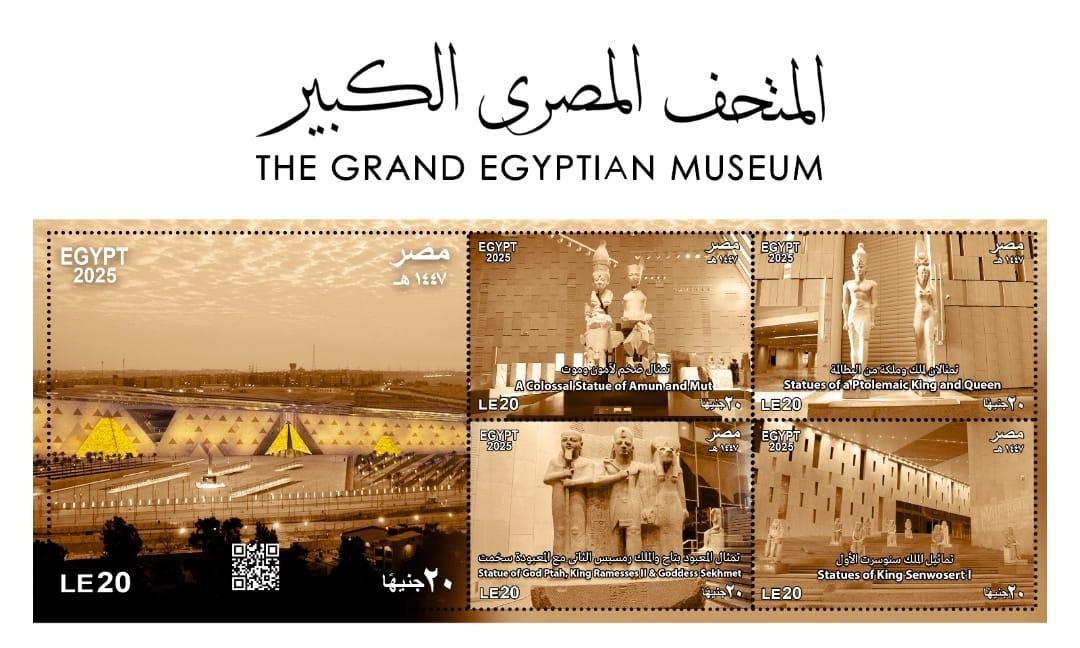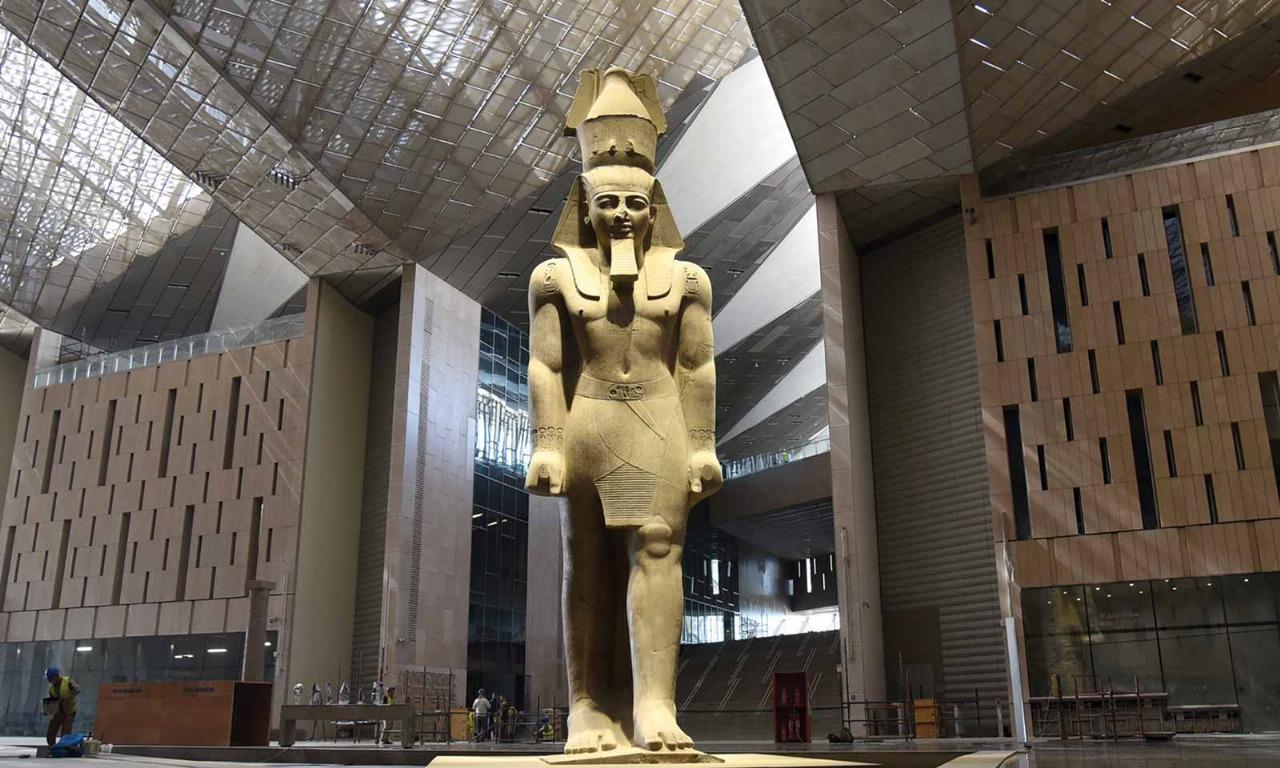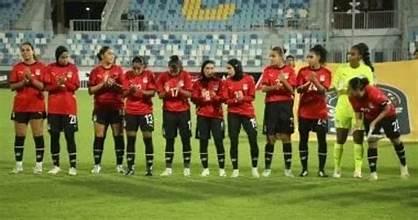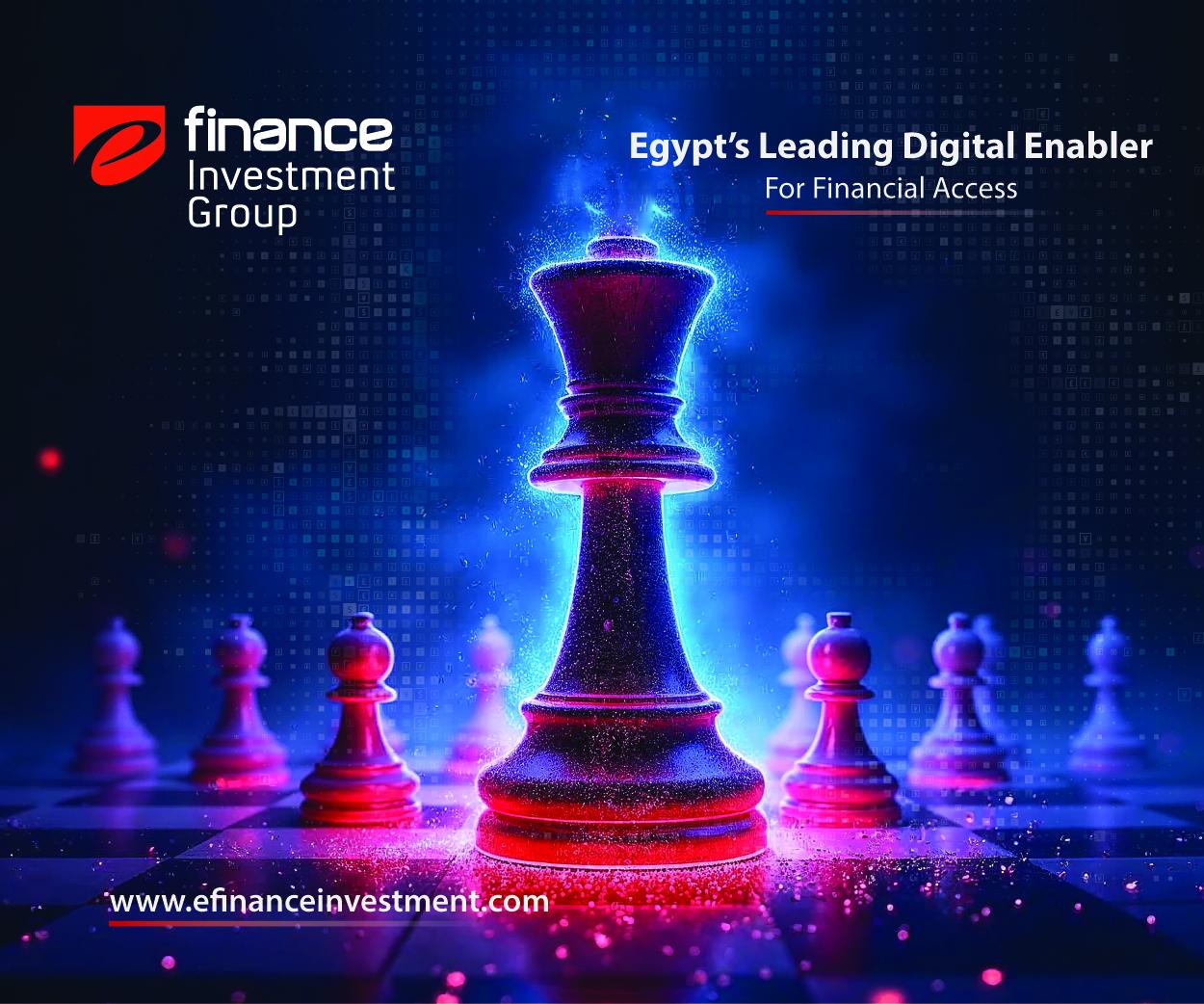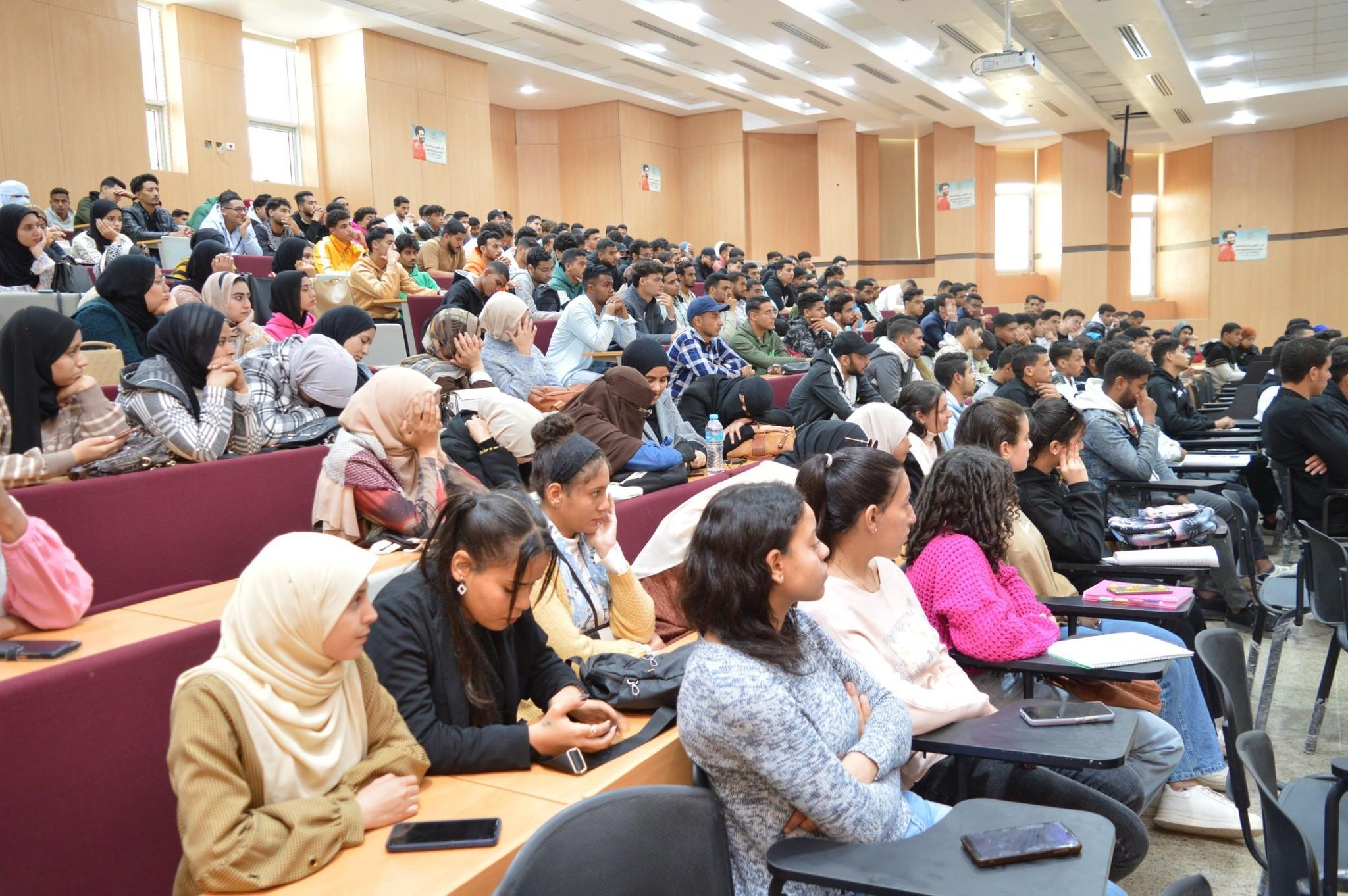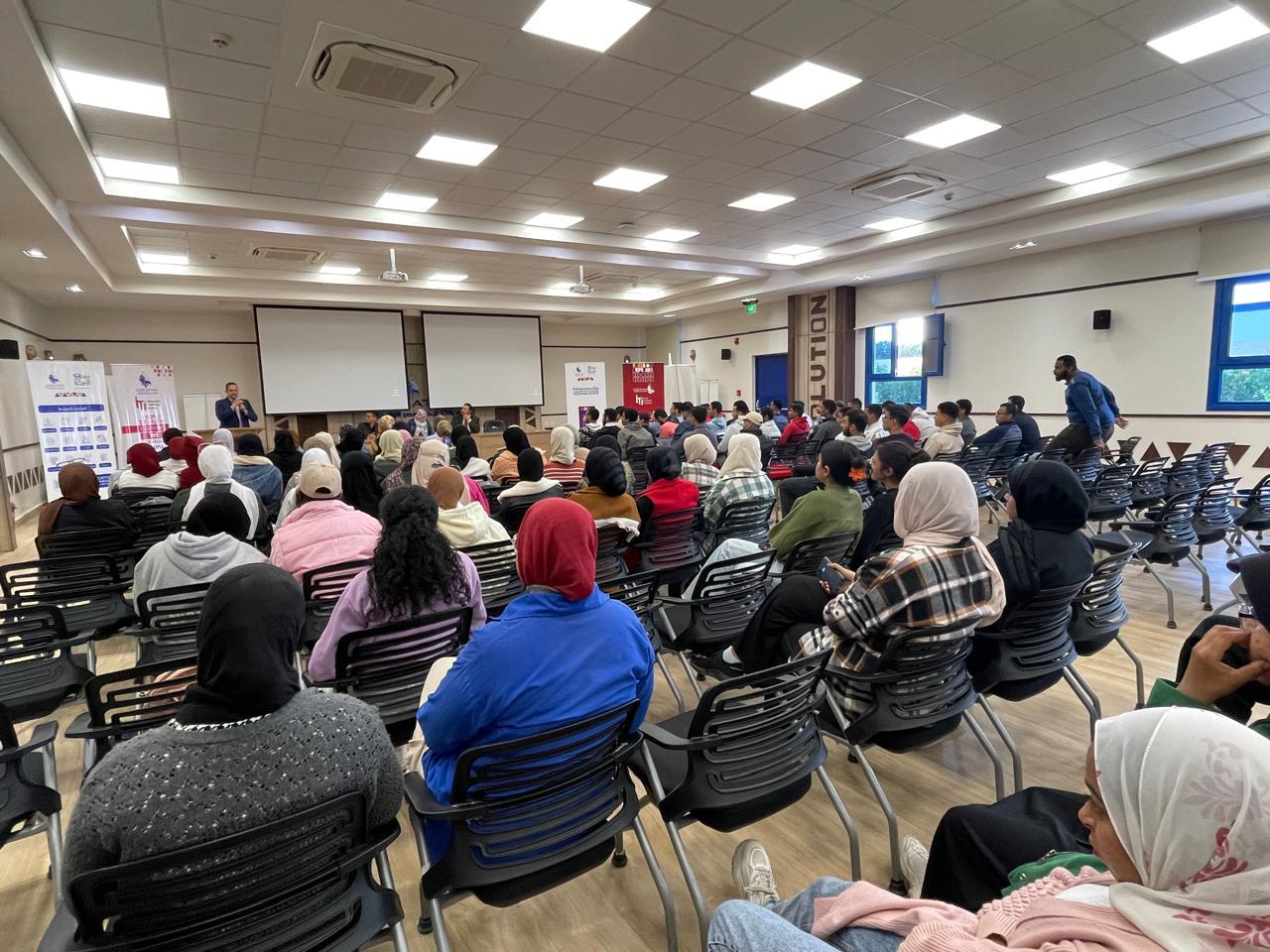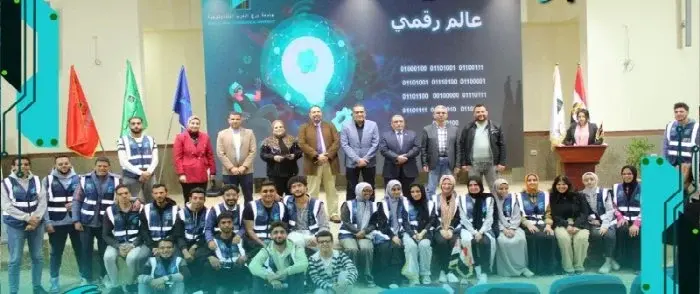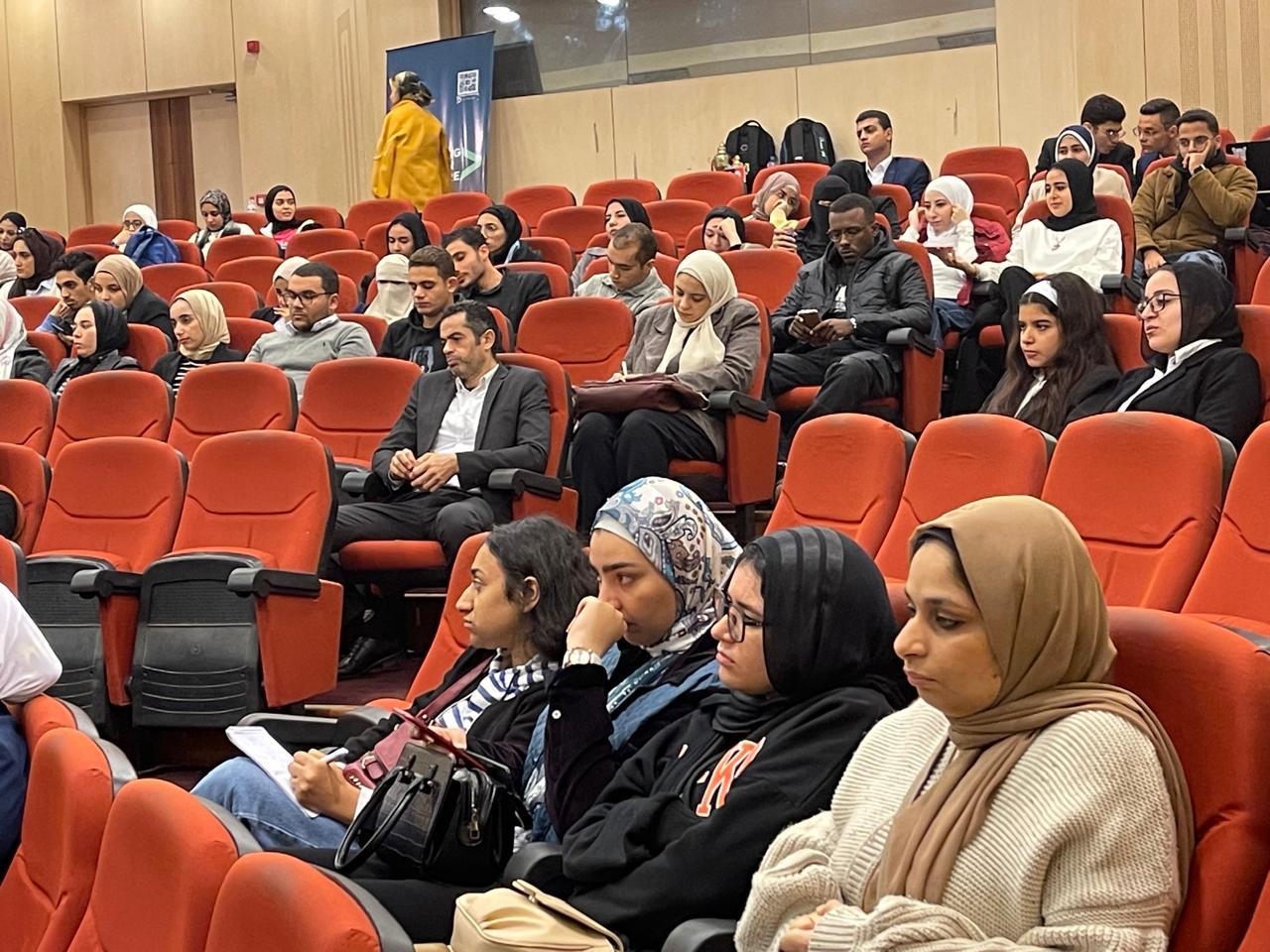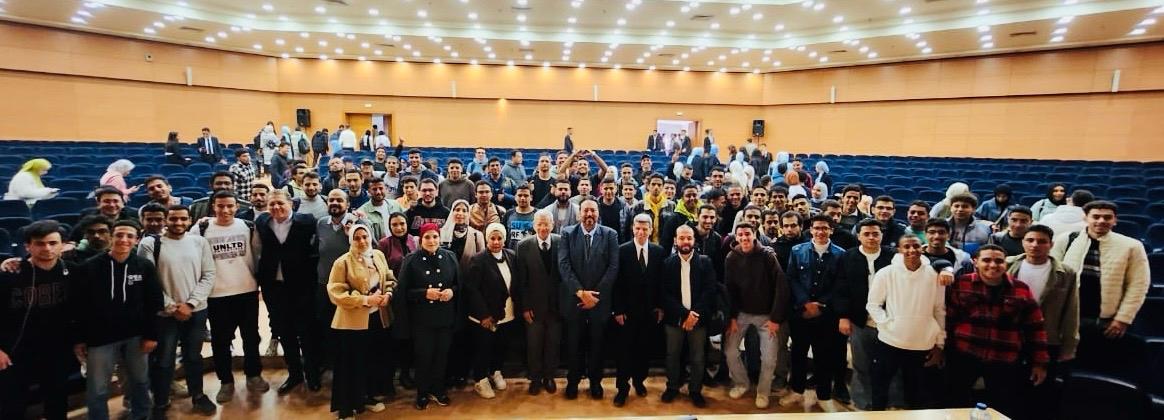- The New Republic Implements Comprehensive National Plan to Change Life in Sinai: The Land of Turquoise
- Development Boosts hope and Prosperity in Sinai and Canal Cities
- More than EGP 700 billion of investments were and are being implemented to develop the Sinai peninsula in 8 years.
- Development of Investment and Industrial Infrastructure to Attract and Encourage Investors.in Sinai and Canal Cities
By : Basel Khaled
The Egyptian State has set the Sinai Peninsula on the path of real development since its launch. It has launched a comprehensive plan for the development of the Turquoise land. It has launched major and unprecedented national projects covering various sectors, linking the Eastern Egypt Portal to the Delta by making the Canal cities a natural extension of the Nile Valley and overcoming all obstacles in order to attract investment opportunities. In addition to the interest in service sectors such as education, health and agriculture, as well as the focus on providing all forms of support and social protection to Sinai people. Such contributed to a paradigm shift that changed the face of life in Sinai and transforming it into a promising attraction and an environment conducive to investment and reconstruction in a state of security and stability, which has also led international institutions to commend Sinai's continued development efforts at various levels.
In this regard, the Media Center of the Council of Ministers published a report with infographics highlighting the new Republic's national and comprehensive plan to change life on the turquoise land by launching mega projects on every inch on it, with investments amounting to more than EGP 700 billion in 8 years, which were being dedicated for Sinai's development.
The report highlighted efforts to develop investment and industrial infrastructure to attract and encourage investors in Sinai and Canal cities, where total public investments for Sinai and Canal cities reached EGP 45.1 billion in 2021/2022, compared to EGP 6.2 billion in 2013/2014, with an increase of 627.4%.
The report noted that 3 centers were inaugurated to serve investors at a cost of EGP 206.4 million, in addition to more than 8800 companies, as well as the launching of 8 industrial projects and zones within the industrial investment map, as well as Sinai and the Canal cities have 275 investment opportunities on the investment map.
The report discussed the new Suez Canal, indicating that the total length of the project is 72 km, 24 m deep, while the direct transit time of ships is 10 to 11 hours non-stop instead of the previous 18 hours and the capacity of the Canal reaches 97 vessels/days, compared to about 77 vessels/days before the opening of the new Canal.
According to the report, the Suez Canal Economic Zone, with a total area of 460.6 km2, comprises 250 industrial and service establishments in various fields. The total cost of infrastructure and investments within the region amounts to about $ 18 billion, while projects implemented in the area provided 100 thousand direct jobs.
The report highlighted the most prominent industrial projects, including the Small Industries Complex in South Raswa, Port Said Governorate, which encompasses 118 units and costs EGP 403 million, while the production capacity of the fish processing and packaging plant in el-Qantara Sharq of 2,500 tons per year.
The report also states that the cost of Ras Sedr marble and granite production plant is about EGP 727 million, while the establishment cost of the industrial complex for marble and granite in the central region in Sinai of "jaffjafa" amounted to EGP 805 million, with capacity of 3 million m2 per year, as well as the production capacity of the Al-Arish cement plant reached 7 million tons per year.
On medium, small and micro enterprises in Sinai and the Canal cities, the report showed that 42.5 thousand projects were funded by the Micro, Small and Medium Enterprises Development Agency at a cost of about EGP1.8 million until February 2022.
5,428 projects were funded by the National Project for Community, Human and Local Development (Mashrou'ak) "Your Project" at a cost of EGP 749 million, providing 38.4 thousand job opportunities until the end of February 2022, as well as approving the funding of 788 projects from the Local Development Fund with a total investment of EGP 5.5 million in North Sinai, Ismailia and Suez until mid-April 2022.
Concerning agricultural development in Sinai and the Canal cities, the most prominent agricultural projects included Sinai Development Project, where the total area is 1.1 million feddans, of which 239 thousand feddans were cultivated until the end of March 2022. A total of 18 agricultural clusters were established with a total of 2122 beneficiaries.
In a related context, the report reviewed the most prominent fish farming projects, where more than 9,900 basins were implemented within the Suez Canal Authority and Al-Fayrouz fish farming projects. While the cost of developing Lake Bardawil in North Sinai is EGP 120 million, and the cost of establishing 8 villages for the fishermen is EGP 3.5 billion.
Concerning developing the Irrigation System and Protecting Sinai from the dangers of Floods, the report states that 95.7 thousand feddans of the new land were completed within the first phase of the modern irrigation system in North Sinai, Ismailia and Suez. In addition, 423 facilities for flood protection were established in North and South Sinai until December 2021. While 86.5 km of canals were rehabilitated and lined in the governorates of Ismailia and Port Said.
The report referred to the most prominent Sinai water supply projects, where the production capacity of Bahr al-Baqar waste water treatment plant is 5.6 m3 / day to contribute to the reclamation of about 456,000 feddans, in addition to the production capacity of Al-Mahsama treatment plant is one million m3 / day to reclaim approximately 60,000 feddans.
With regard to the development of basic infrastructure and services in Sinai and the Canal cities, the report noted the implementation of 18.8 thousand social housing units at a cost of EGP 3.3 billion, salient of which are 4,000 social housing units in South Sinai and 2136 social housing units in North Sinai, as well as the implementation of 54.5 thousand housing units for the development of squatter settlements. Unsafe squatter settlements are no longer found in Sinai and Canal Cities.
45 Bedouin cluster projects were also implemented with a total of 4,100 Bedouin houses in addition to establishing 18 development clusters in North and South Sinai governorates. There are also 17 other development clusters in process, as well as the establishment and development of 6 new cities, salient of which are Ismailia New City on an area of 2.8 thousand feddans, Salam City on 19 thousand feddans, and the new city of Bir al-Abed is on 2.7 thousand feddans.
In addition to the above, 45 drinking water projects were implemented with a capacity of 478 thousand m3/day, including the implementation of 27 seawater desalination plants with a capacity of 438 thousand m3/day, in addition to the implementation of 79 sewage projects with 565,000 m3/day, salient of which are the Port Said sewage treatment plant with a capacity of 190,000 m3/day and the capacity of El-Tor plant reached after the expansions 10 thousands m3/day.
The report touched on efforts to establish an extensive transport network to connect Sinai and Canal cities to Delta, through roads, tunnels and floating bridges projects, where 5,000 km of roads and tunnels were implemented and upgraded, as well as the construction of 5 floating bridges over the canal.
According to the report, the railway projects include the first line of the high speed electric train project (Al-Ain Sokhna, Al-Alamein, Marsa Matrouh and Safaga), which encompasses 22 stations and is scheduled to be completed within two years, at a total cost of EGP 160 billion.
Regarding airport projects, the report indicated that the Berdwil International Airport was established on an area of 320 thousand m3, at a cost of EGP 718 million. 6 airports were developed and upgraded, namely Al Tur, Taba, Sharm El Sheikh, Al Arish, Port Said and St Catherine.
Regarding sea and dry port projects, 8 seaports were established, developed and upgraded, salient of which are the port of Nuweiba at the cost of EGP 475 million, East Port Said port at the cost of EGP 10 billion, in addition to the establishment and the development of 4 land and dry ports with a total cost of about EGP 200 million namely , Badr Al Gaf, Taba land port, Rafah land port and El Oga land port.
With regard to electricity supply projects for Sinai and Canal cities, 1.5 million subscribers are connected to the electrical feeder lines until March 2022, and the cost of developing, upgrading and strengthening the electricity networks was EGP 3.5 billion until 2022.
The report mentioned the major electricity production projects in Sinai and in Canal cities, which included Al shabab power station in New Ismailia with a nominal capacity of 1500 MW, with a total cost of $212.6 million, in addition to the El Ain Sokhna power station with a nominal capacity of 1300 MW, and a total cost of $1.3 billion.
In addition Ataka Gas Turbine Power Plant in Suez Governorate, with a nominal capacity of 640 MW, with a total cost of USD 691.6 million. While the expansion of Sharm El-Sheikh Power Station with a nominal capacity of 288 MW, with a total cost of USD 213.4 million.
According to renewable energy projects in Sinai and Canal Cities, the cost of implementing the Gabal El-Zeit Wind Farm Complex, with a capacity of 580 MW, is EGP12 billion. While the contract value for the implementation of a 250 MW wind power plant in Suez is EGP4.3 billion. Three solar power plants with a capacity of 5 MW per each are to be established in Sharm el-Sheikh in preparation for the COP27 climate conference.
Regards to the expansion of natural gas and petroleum projects in Sinai and Canal cities, the total length of the implemented natural gas pipe lines is 1913.1 km untill March 2022 bringing the total to 2,928.5 km. 46 natural gas fueling stations were implemented, bringing the total to 70 stations as well as the implementation of 6 centers for converting cars to operate by natural gas, bringing the total to 16 centers, besides 216 thousand housing units and 3054 commercial facilities were connected to natural gas network.
The report reviewed the most prominent projects for natural gas production, including the development project of “Zohr “at a cost of $15.6 billion and with a production capacity of 3.2 billion feet cubic of gas per day.
Natural gas production projects also include the Atol Gas Field Development Project with a target production of 350 million feet cubic of gas per day and 10,000 barrels of gas condensate per day at a cost of $ 855 million.
In addition to the completion of the development of North Sinai fields (phase III) at a cost of $ 87 million, and a target production card for the project of 45 million feet cubic of gas per day.
The report monitored refining and petrochemical projects those are under construction, including the Red Sea Petrochemical Complex in the Suez Canal's economic zone, at an investment cost of $7.5 million, and the production of 2.7 million tons per year of petrochemical products and 1.2 million tons per year of petrochemical products.
The report noted that the Lubricating and Solar Production Complex of Suez Refinery Petroleum Manufacturing aims to maximize the production capacities of petroleum products. The investment cost of the project amounts to $ 1.8 billion, while 3 major projects have been implemented in the Sokhna and Suez regions with a total investment cost of about $ 870 million in storage and distribution of petroleum products.
The report highlighted major tourism and cultural projects. The most prominent tourist and cultural facilities were the implementation of the Sharm el-Sheikh Museum, which was opened in October 2020 at a cost of EGP 812 million, and the reopening of the Museum of Ismailia Archeology in August 2015, together with the development of Sharm el-Sheikh Palace of Culture at a cost of EGP 38 million. In addition, Al-Arish Culture Palace opened after 10 years of closure,costing EGP 35 million.
For the most prominent heritage projects, the revival of the Holy Family Route. The route starts from North Sinai, 60 million EGP has been allocated by the Ministry of Tourism and Antiquities for the project, in addition to the implementation of the Greatest.
Transfiguration Project in St. Catherine with the aim of establishing a spiritual shrine on the mountains surrounding the Holy Valley. Moreover 7 wells within the project of restoration and development of Oyon Mousa area, the first phase was completed in February 2018.
The report mentioned the most prominent archaeological discoveries in Sinai, including the discovery of the remains of King Ramses II's Palace and the warehouses attached to the Palace in the middle of Habwa Hill 2 in 2015/2016. The remnants of the Senate building north-east of the Roman Theatre were also discovered at the site of the monuments of El-Farma hill in 2018/2019. The remains of the Zeus-Cassius temple on the southwestern side of Tal al-Farma hill were uncovered in 2021/22, as well as a massive stone building belonging to the Central State that was used as the headquarters of the turquoise and copper mining missions in South Sinai in the same year.
The report described the State's efforts to improve the health services provided to Sinai and Canal cities. With regard to the provision of treatment at the State's expense and efforts to develop health facilities, 175.7 thousand citizens benefited from treatment at the state expense at the cost of EGP 1.7 billion until the end of 2021, as well as the establishment and development of 42 hospitals and 214 health centers and units until March 2022, as well as the establishment of the Suez Medical Complex, which is the largest complex in north Egypt and a strategic pharmaceutical store in Al-Raysa, Al Aresh.
The report also tackled the comprehensive health insurance system, which was launched in Port Said, Ismailia and South Sinai, and is in progress in Suez governorate. The cost of its implementation in the 4 governorates is EGP 24.2 billion, adding that 82% of the total population of the governorates registered in the system.
The report explains what has been done within the 100 million healthy lives campaign (providing health care for citizens within the presidential initiatives until March 2022). 5.7 million citizens were examined in the presidential initiative to detect virus C and non-communicable diseases, as well as 475.2 thousand women in the presidential initiative to improve Egyptian women's health.
The efforts of the 100 Million Healthy lives Campaign also include examining 120.4 thousand citizens within the Presidential Initiative to follow up, to treat Chronic Diseases and provide early detection of kidney disease. Moreover, 38.9 thousand citizens have underwent surgeries within the Presidential Initiative to eliminate waiting lists for critical cases.
In addition to the above, 1.4 million Sinai citizens and Canal cities received the first dose of the coronavirus vaccine. The remaining doses are being completed, and 131 fixed, mobile and traveling centers were deployed to provide the vaccine in Sinai and Canal cities until March 2021.
The report highlighted efforts to upgrade the education system for Sinai and Canal cities. As for the pre-university education, the number of schools and classes had increased; 440 schools and more than 2,000 classrooms were established, as well as 61 industrial schools, 19 agricultural schools, 39 commercial schools and 6 hotel schools.
Concerning the new education system, 6 Japanese schools were established for the first time in Sinai and Canal Cities, and 3 schools specialized in applied technology were established, as well as the extension of fiber cables to 134 high schools, the distribution of 91 thousand tablets to secondary students and the training of 21.7 thousand teachers on the new educational system.
For the university education, studies have already started at 2 national universities like King Salman International University with its three branches and El Galala international university. Besides 2 National universities are under construction,(East Port Said University and Suez Canal University). A technological university in East Port Said is under construction for the first time, in addition to the establishment of 18 new faculties in governmental universities. Sharma el-Sheikh Private University was also established includes 9 colleges.
The report pointed out the exerted efforts for providing social protection programs in Sinai and Canal cities, as 102 thousand families benefited from a "Tkafoul & Karama" program until March 2022 at a cost of EGP 511.6 million annually, along with 2.1 million persons benefited from ration cards and 2.6 million beneficiaries of bread exchange points in March 2022.
Social protection programs for Sinai and Canal cities also included supporting people with special needs, as 30.9 thousand integrated service cards were delivered from June 2019 till March 2022, as well as 21 rehabilitation offices were allocated to the disabled till March 2022.
According to insurance and pensions, the number of pension beneficiaries reached 433.9 thousand individuals in 2022, with an increase of 44.3%. Pensions of EGP 938.9 million in 2022, with an increase of 235.9%, as well as compensation for those affected by the clashes between law enforcement forces and terrorist reached EGP 4.6 billion, between October 2015 and March 2022.
The report referred to the most prominent sports facilities in Sinai and Canal cities. Four stadiums were upgraded, in addition to the development and establishment of 5 sports clubs, as well as 385 legal-five aside pitches were upgraded. Also the establishment of the sports city in Port Said at a cost of EGP 280 million, the establishment of the covered Hall in Al Arish at a cost of EGP 92 million and the completion of the Olympic Village in Sharm El Sheikh at a cost of EGP 5.3 million.
The report highlighted the international vision of the Egyptian state's efforts in the development of Sinai Peninsula, as follow.
The United Nations said that Public investment in Sinai infrastructure and transportation and housing projects increased, which supported Sinai's stability and development and decreased terrorist incidents, while Guinness World Records announced that Bahr El-Baqar Wastewater Treatment Plant in Sinai Peninsula was recorded as the largest treatment plant in the world, offering an important source of irrigation water and a comprehensive solution to support agriculture in Sinai.
In addition to that, The Bloomberg appreciated Egypt work on enhancing the ports infrastructure of the Suez Canal Economic Zone to attract more foreign investment and industries, also the Egyptian leadership is keen on setting flexible policies to deal properly with various economic challenges.
The report explained that The UNICEF is expanding its support, in coordination with the Egyptian Ministry of Education and Technical Education in the field of water, sanitation and hygiene in Sinai schools by boosting water infrastructure projects and helping to keep students safe and healthy with the support of many North and South Sinai schools to create a safe learning environment for all students.
The report added too, what is the Monitor said about Egypt offers investment allocations within the framework of a comprehensive national plan to support the development and stability of Sinai, spending billions to take advantage of its economic potential, and it also said that Egypt is establishing several projects in South Sinai governorate to manage water and protect the governorate from the dangers of floods such as dams, industrial lakes, and reservoirs.
In addition to, The Economist explained that the Egypt's post-coronavirus policy focuses on promoting infrastructure projects in several areas, also various sources of funding will support these efforts, especially in Sinai, it also noted that Egypt is keen on increasing the area of agricultural land in central and north Sinai; therefore it exerts efforts to benefit from treated water. Egypt is also cooperating with the United Nations to implement the latest irrigation methods, maximize the utilization of water uses and improve the agricultural crops.
The report also explained that Oxford Business Group has confirmed that The construction of new tunnels has facilitated the connection between Sinai and several governorates of Egypt, in addition to the expansion of its national road network, which was reflected greatly in improving Egypt's global road quality assessment.
In a related context, the United States Agency for International Development (USAID) supported Egypt's efforts in promoting the economic and social integration of Bedouin communities in North Sinai after years of fighting terrorism, by raising the standard of living, improving health, psychological and social services and increasing access to government universities.
Finally, ENR magazine reported that The Egyptian state has always planned to develop the lands of the Sinai Peninsula and face the threats of water scarcity. Therefore, Egypt built the El-Mahsama plant for the treatment of agricultural wastewater in just one year. It is one of the largest water treatment plants in the world.
#عالم_رقمي
#alamrakamy
